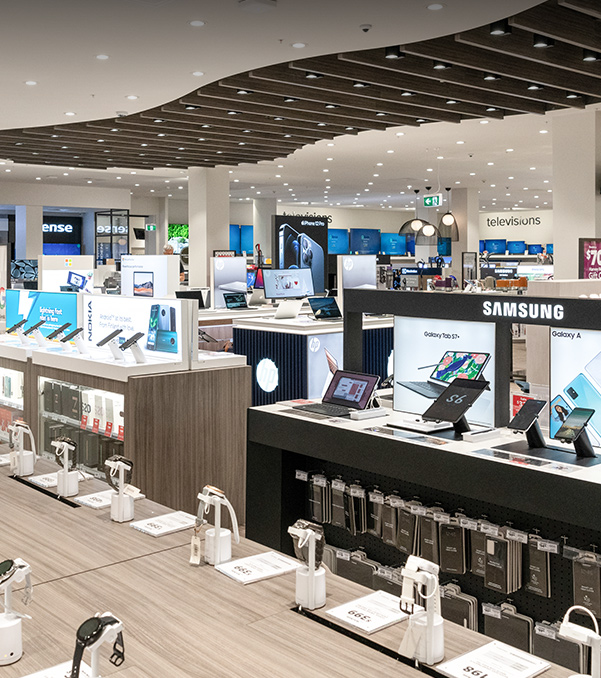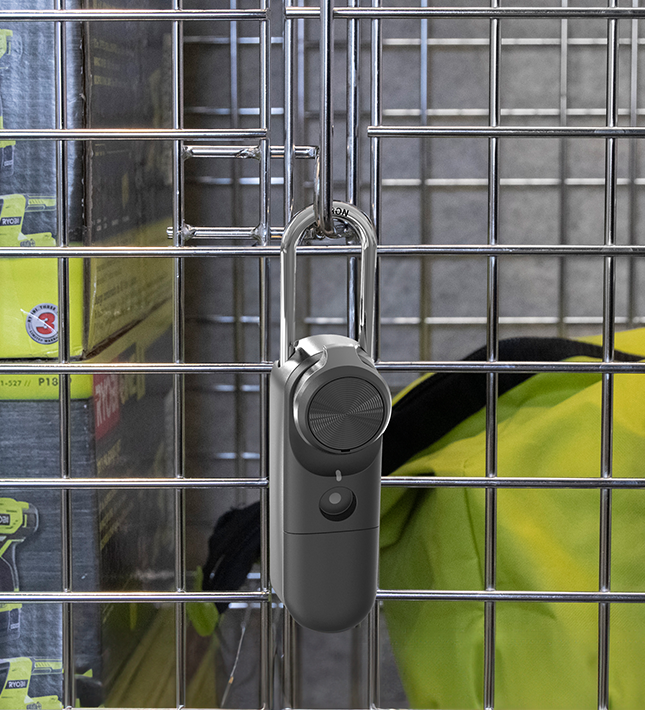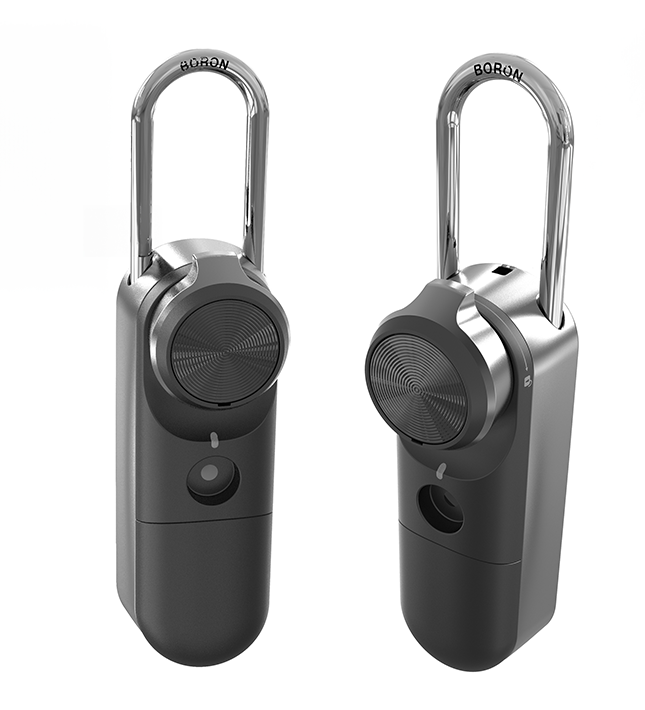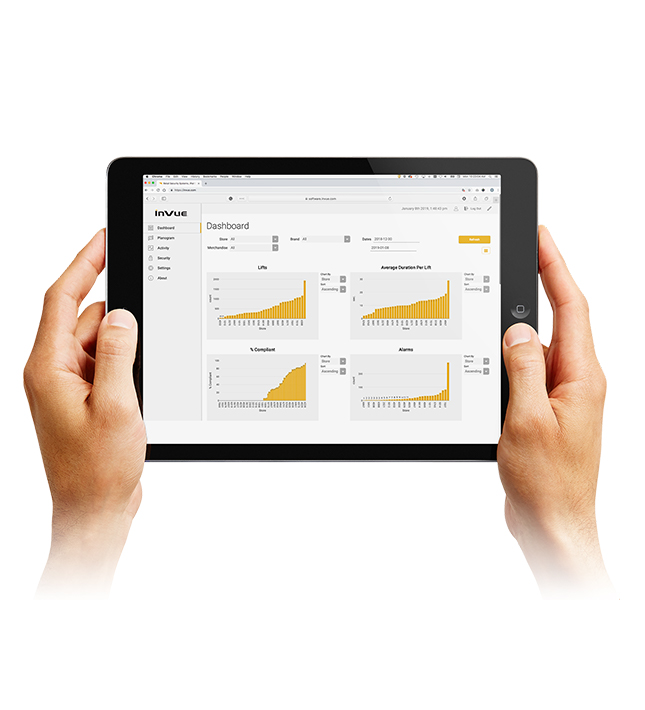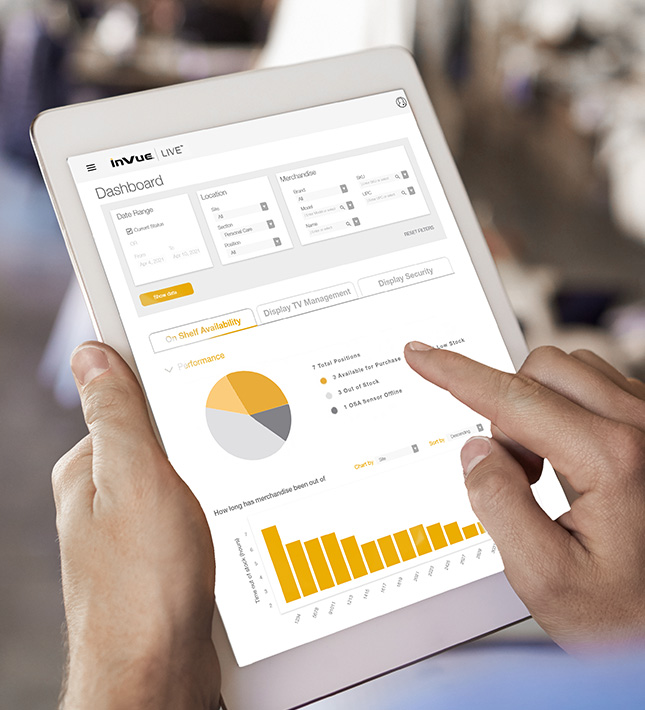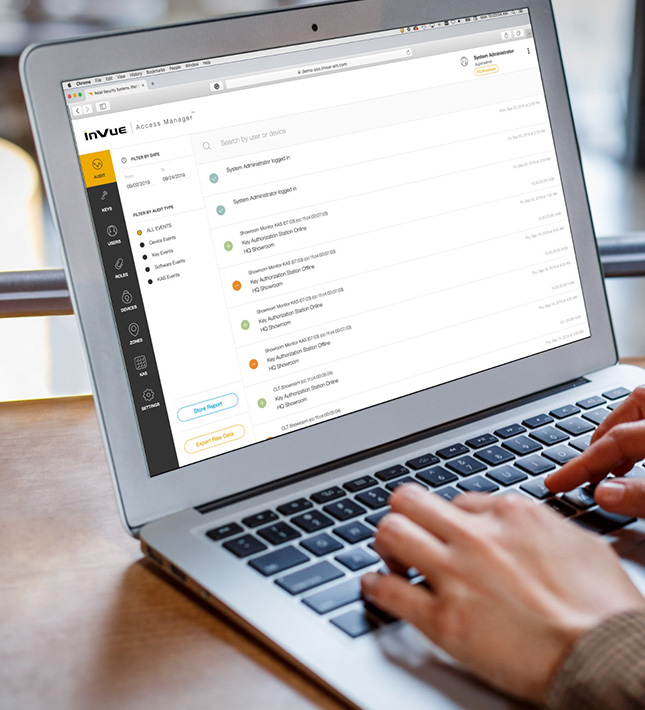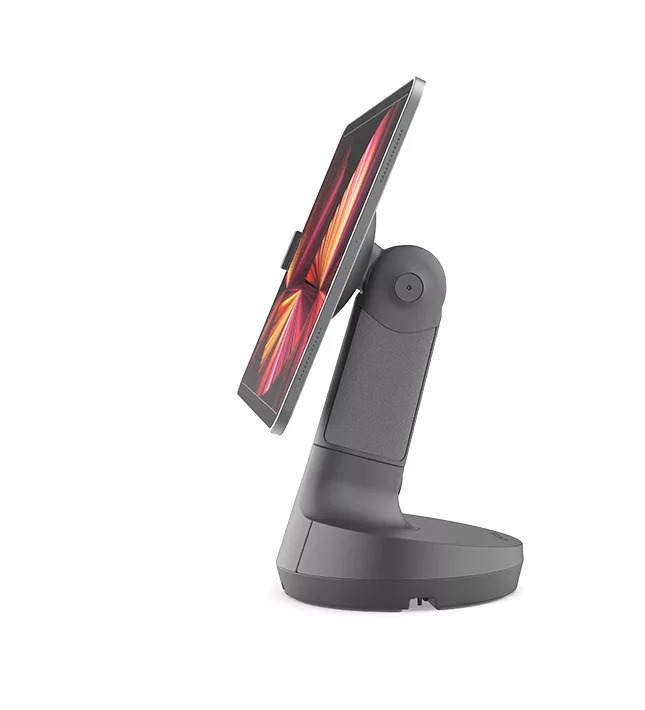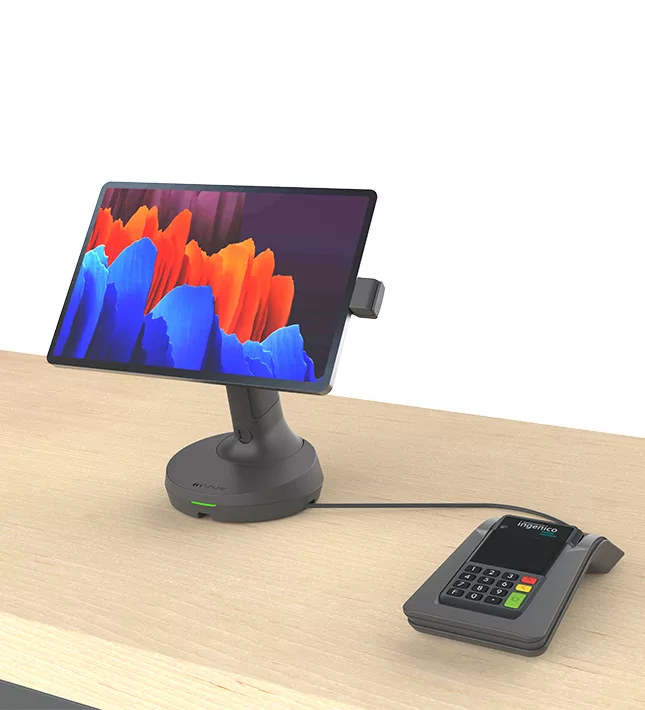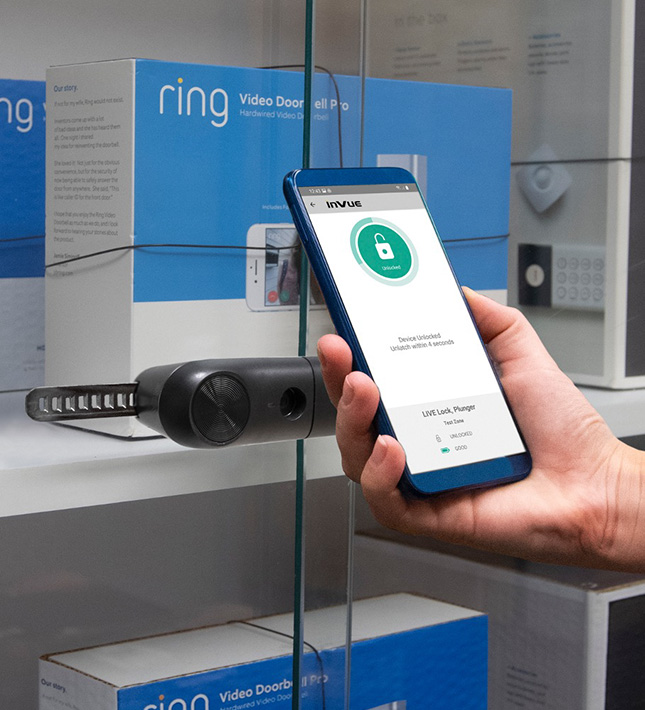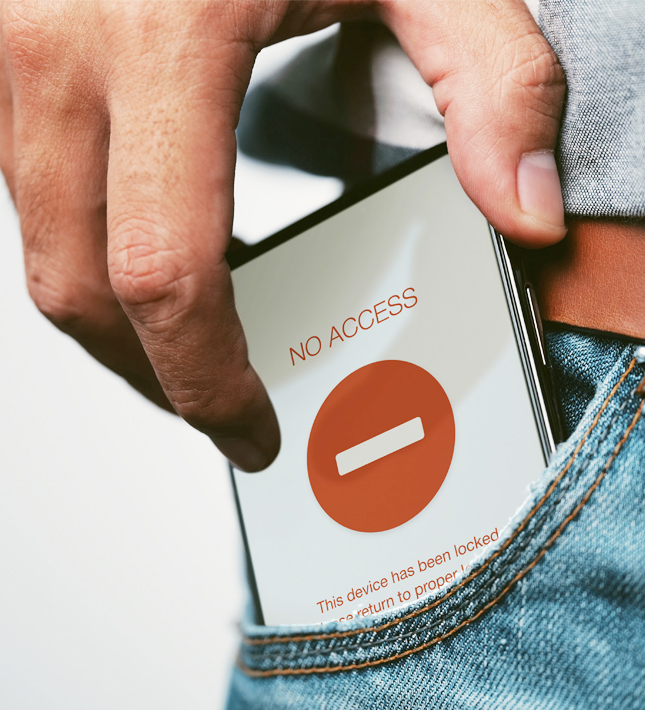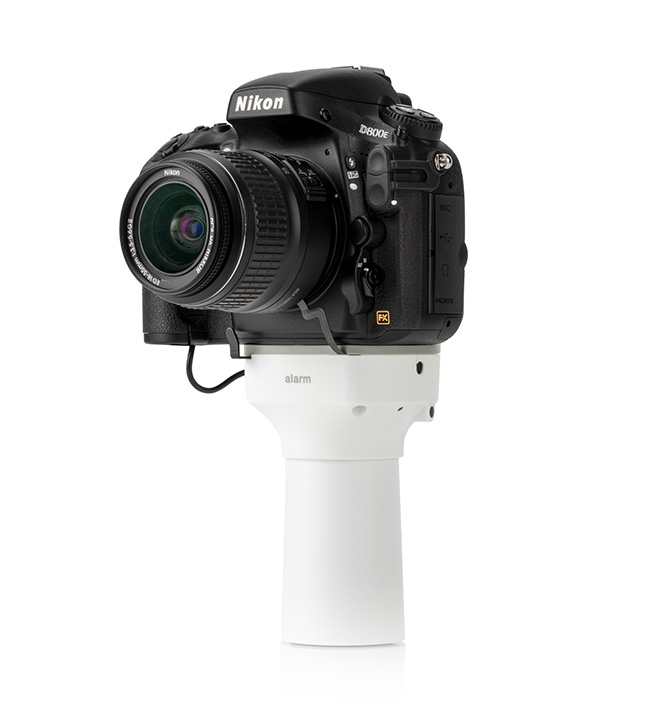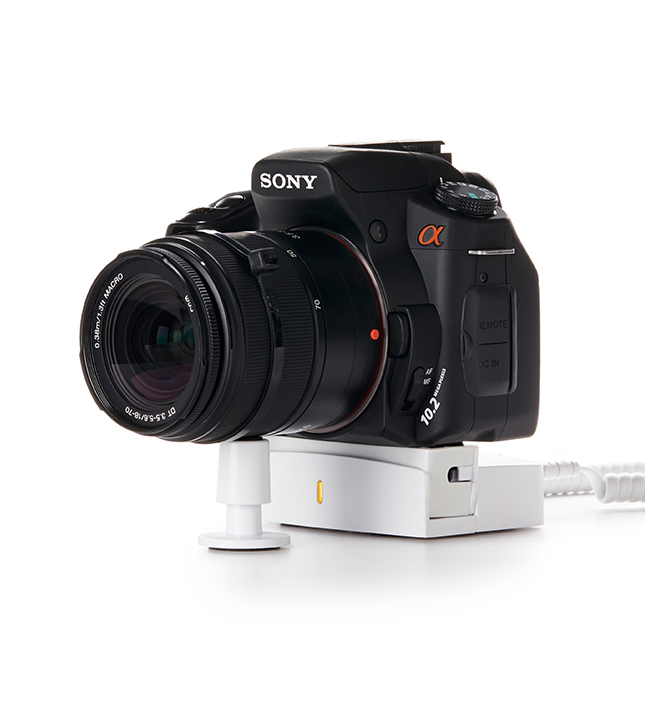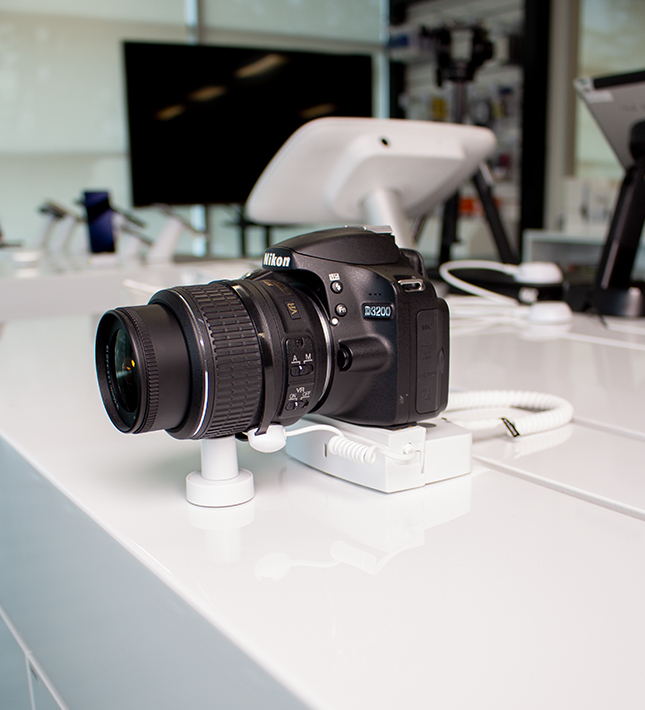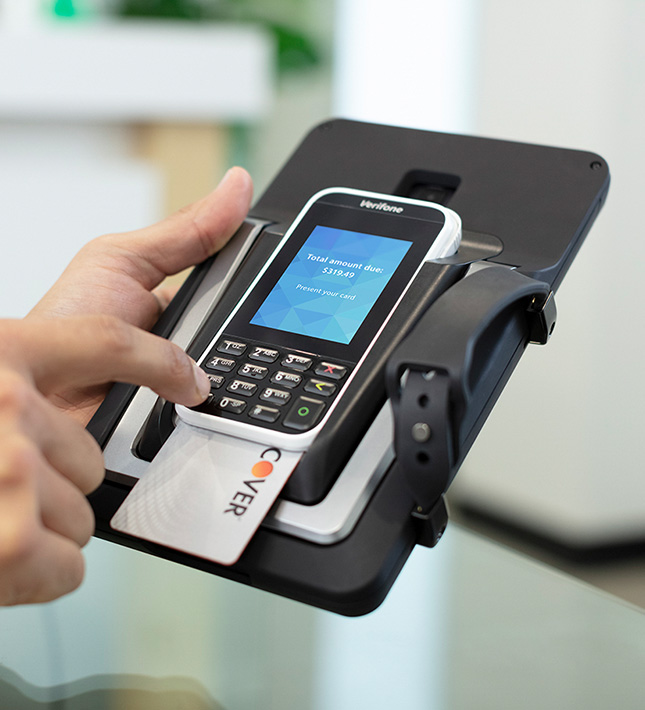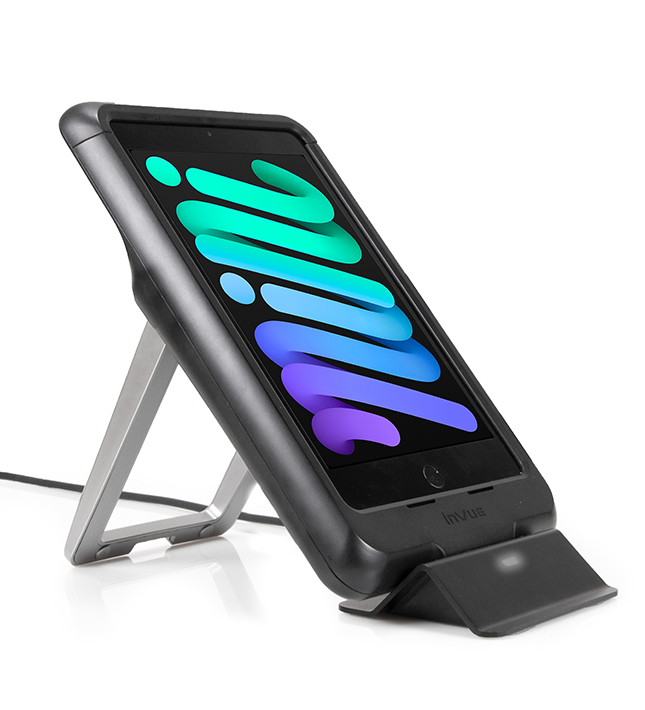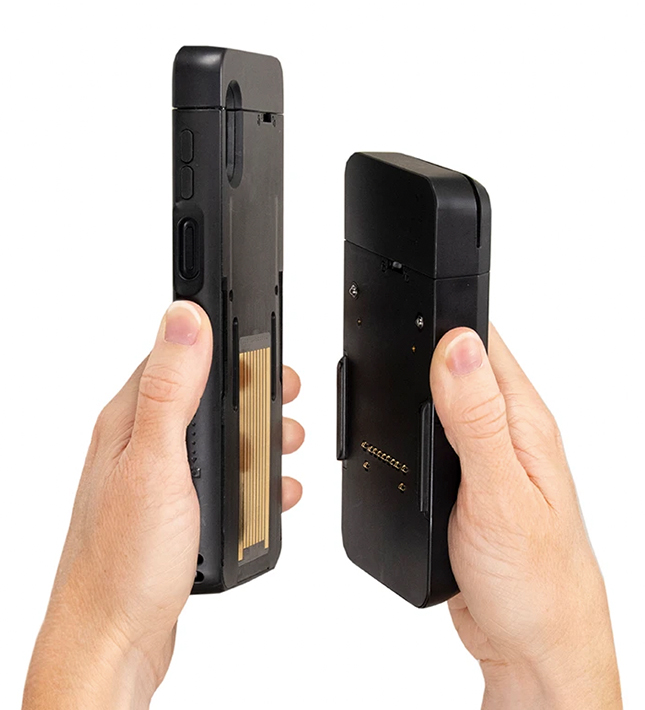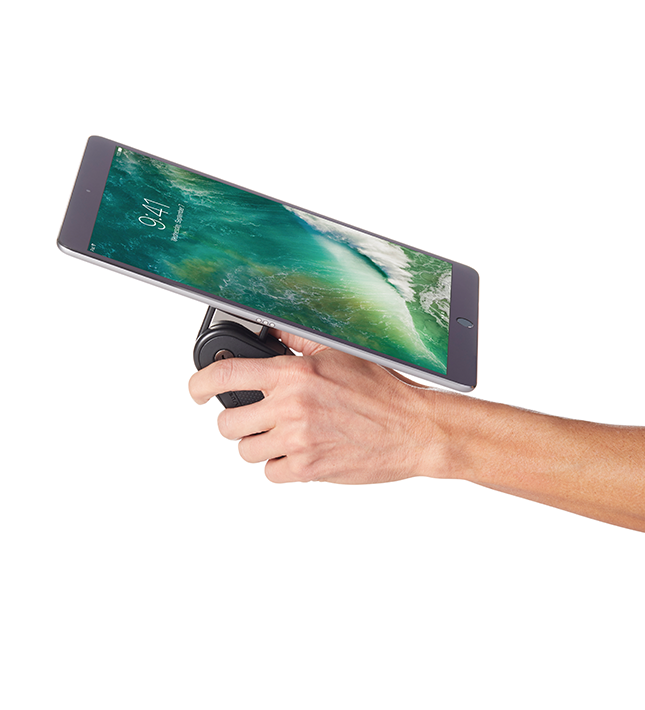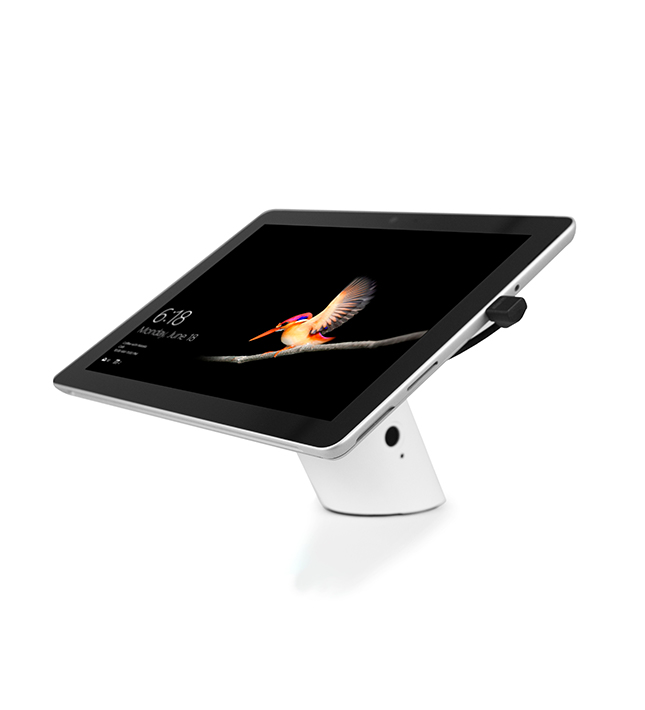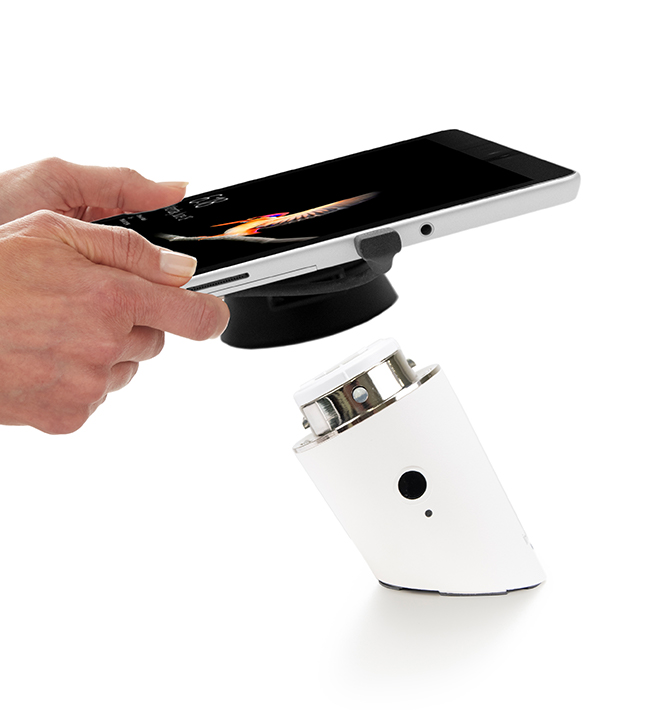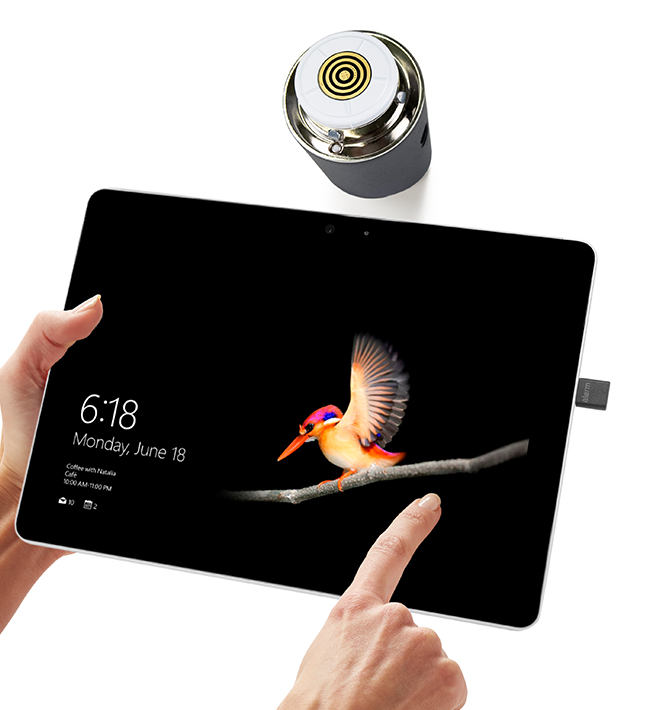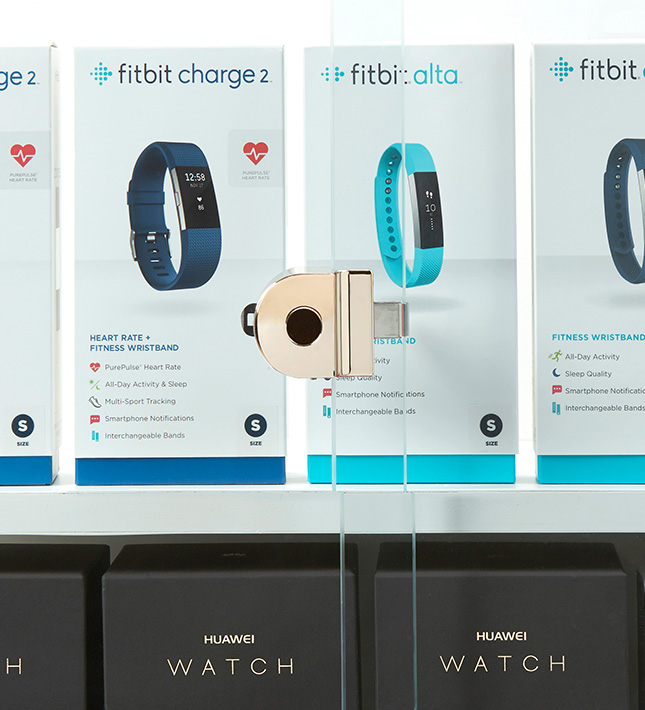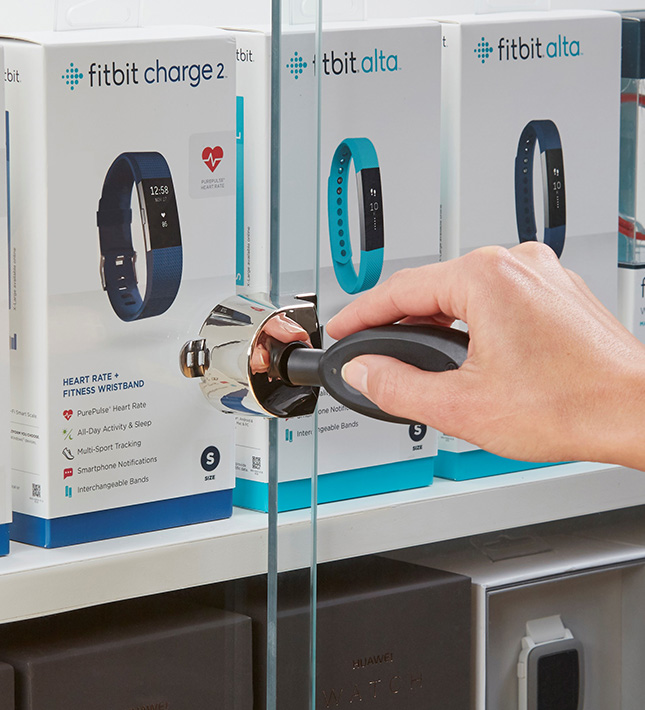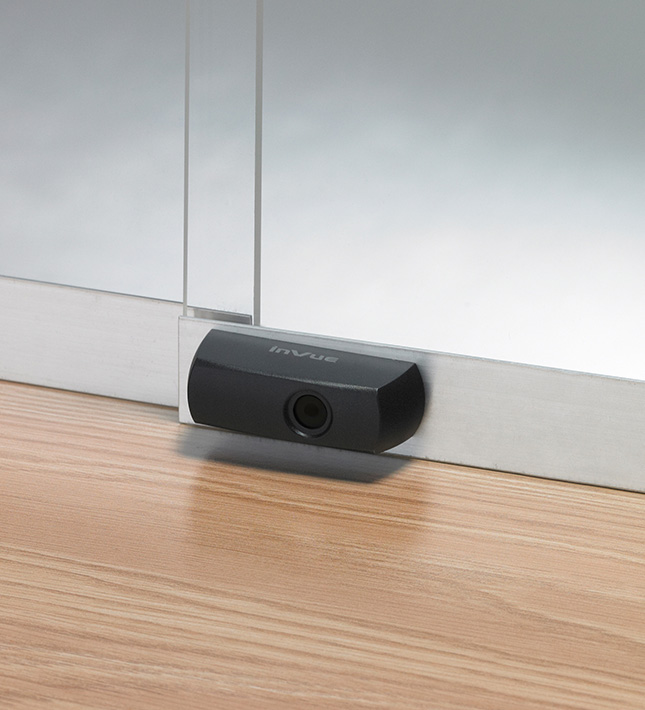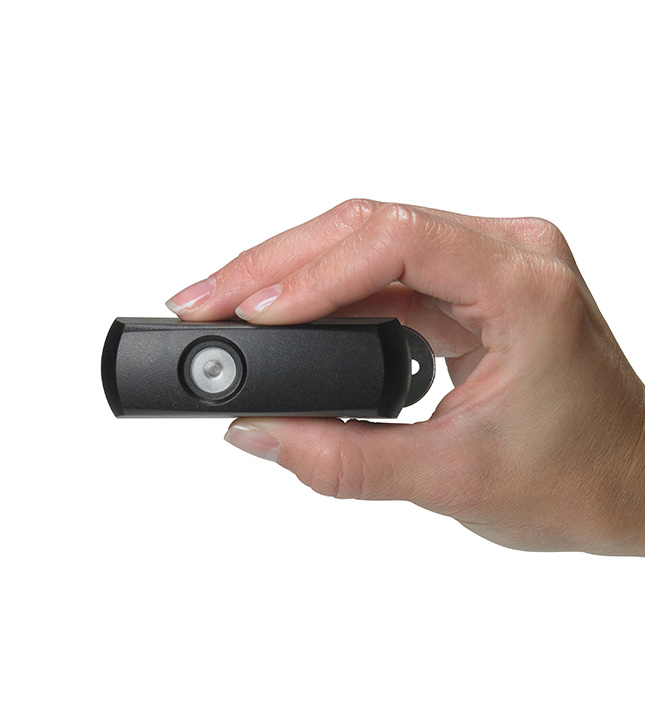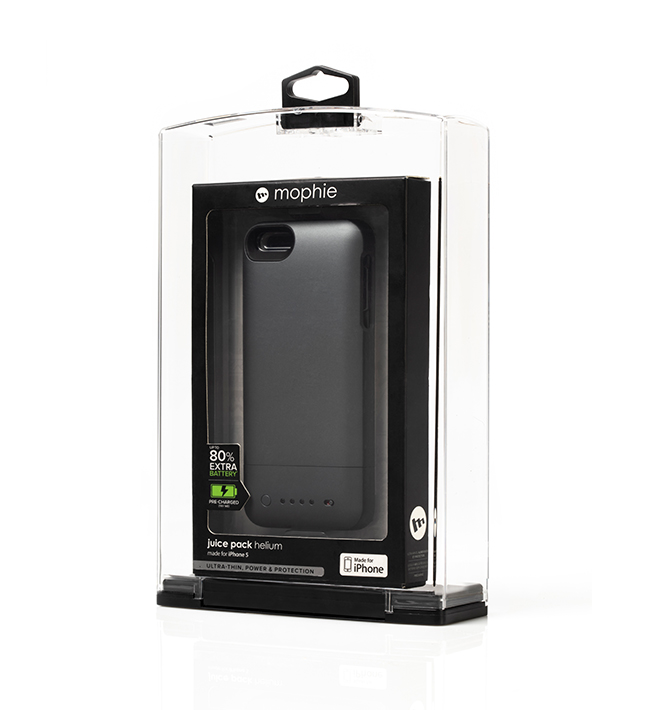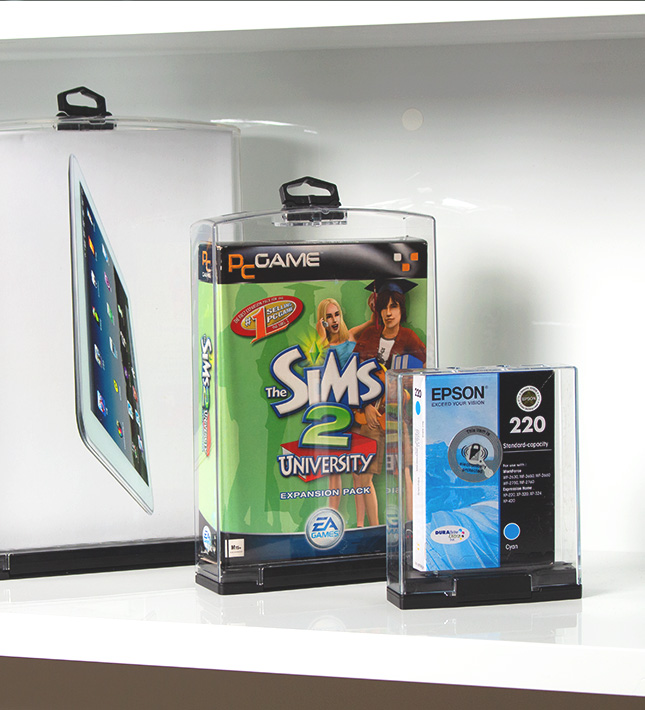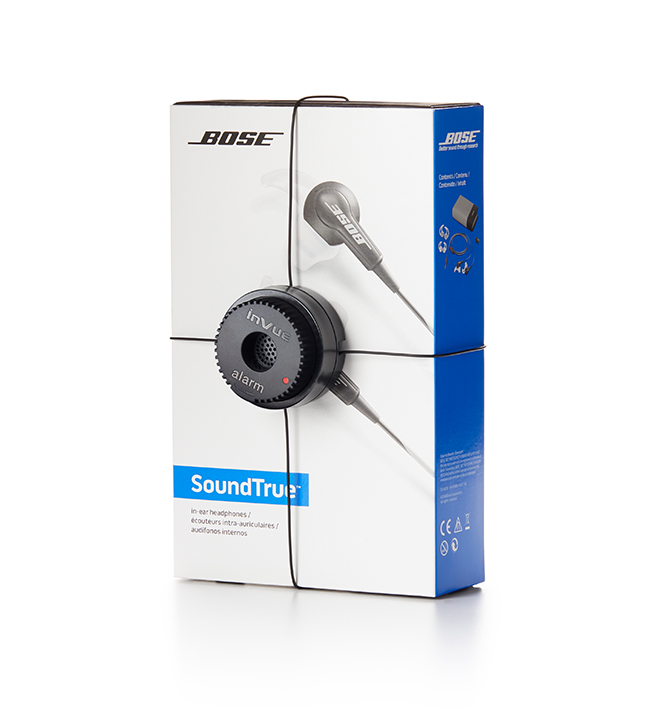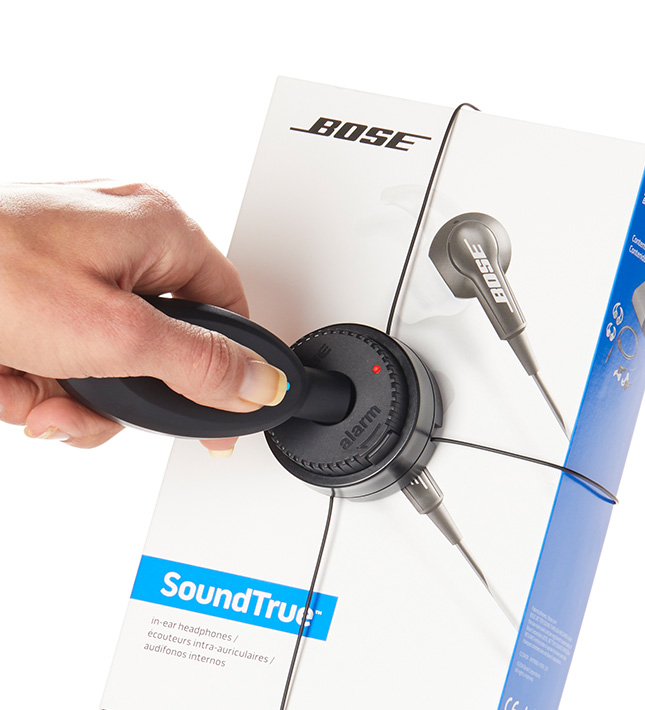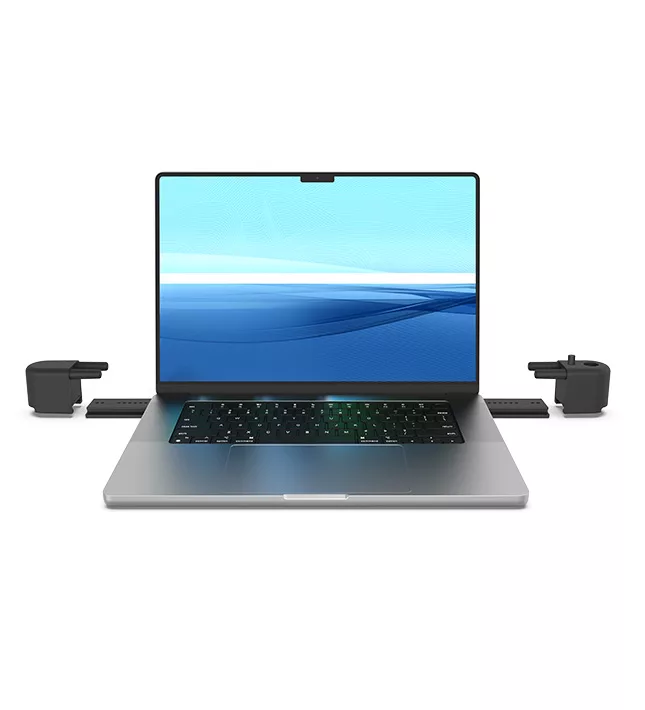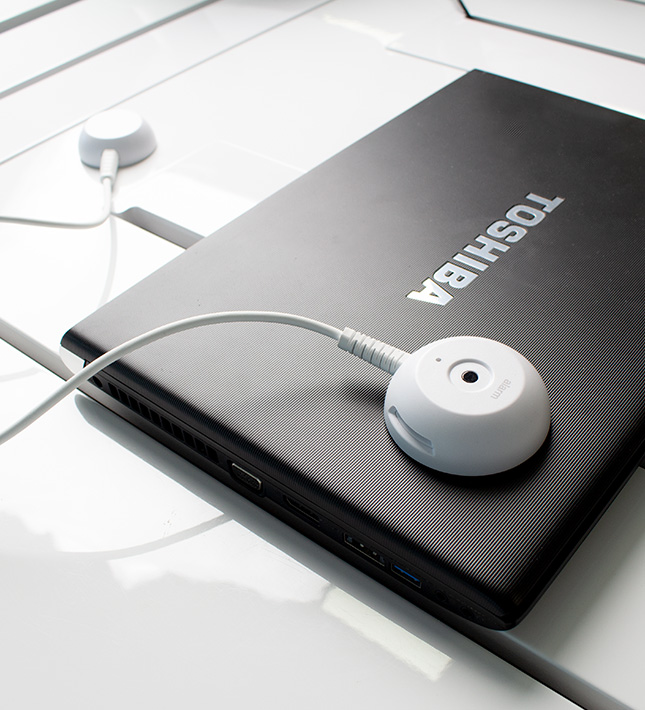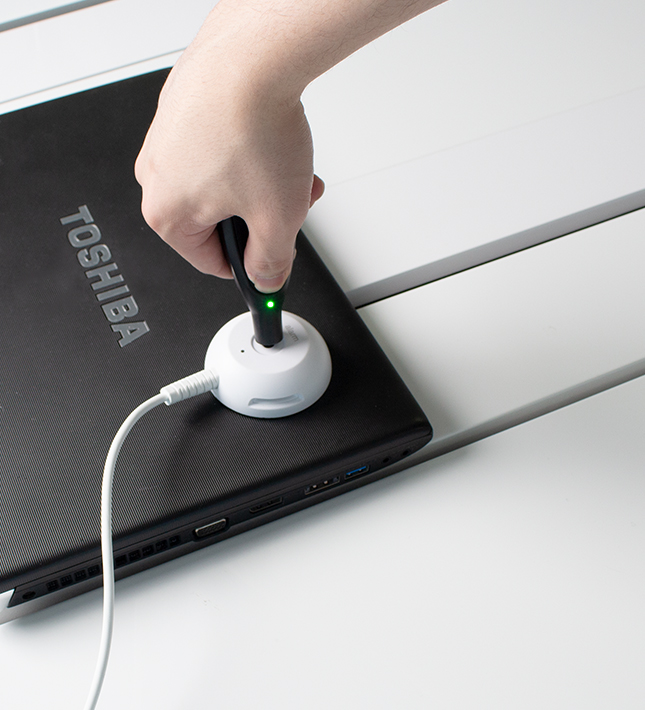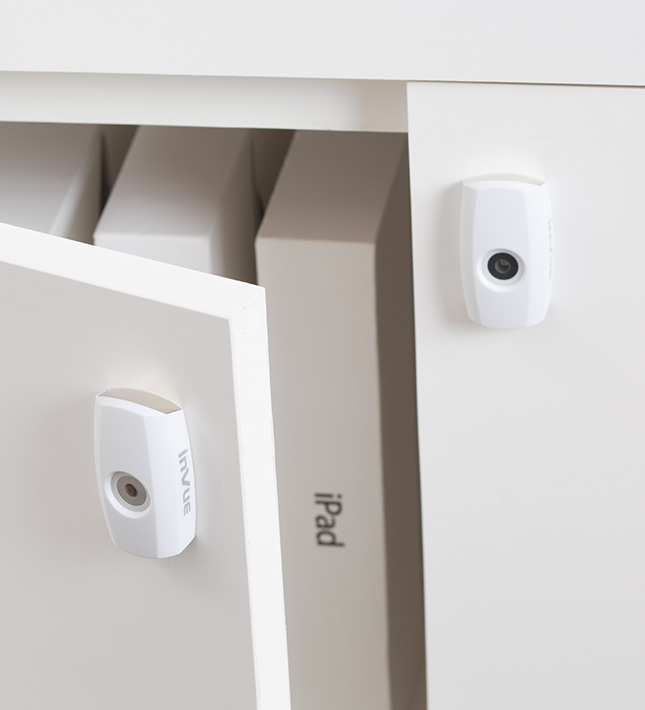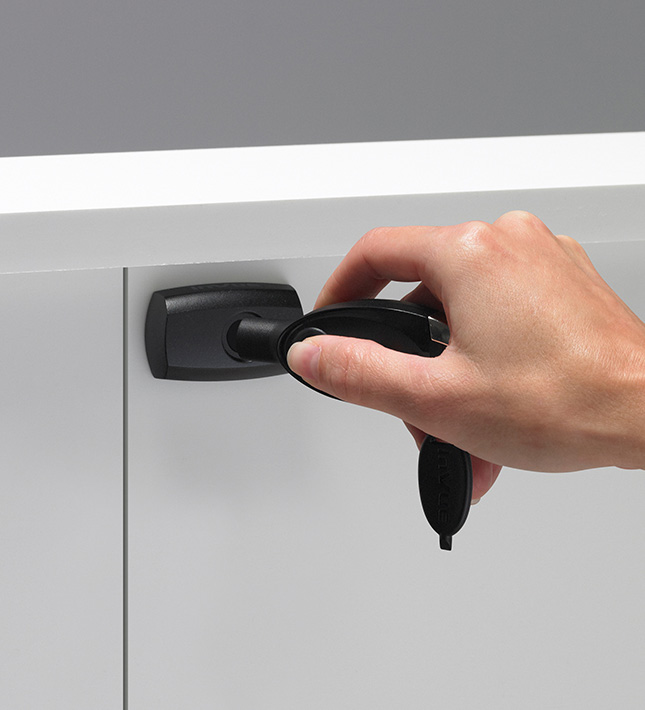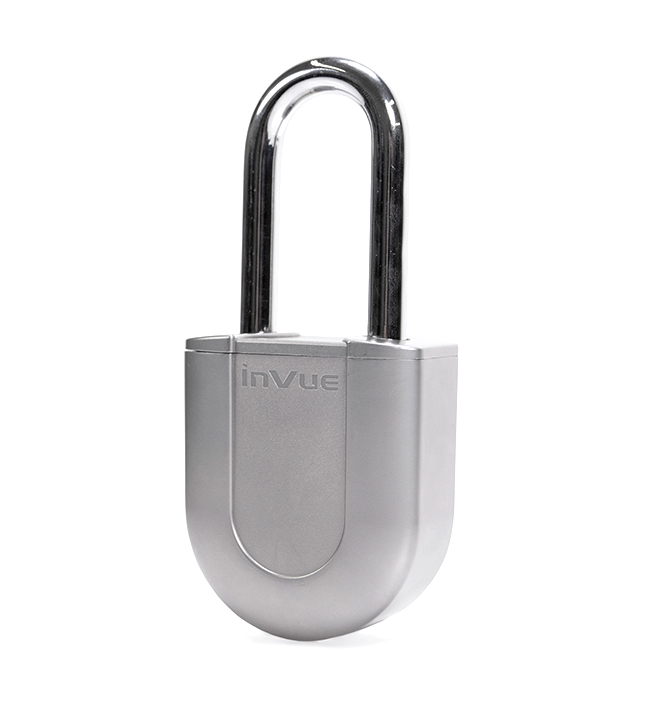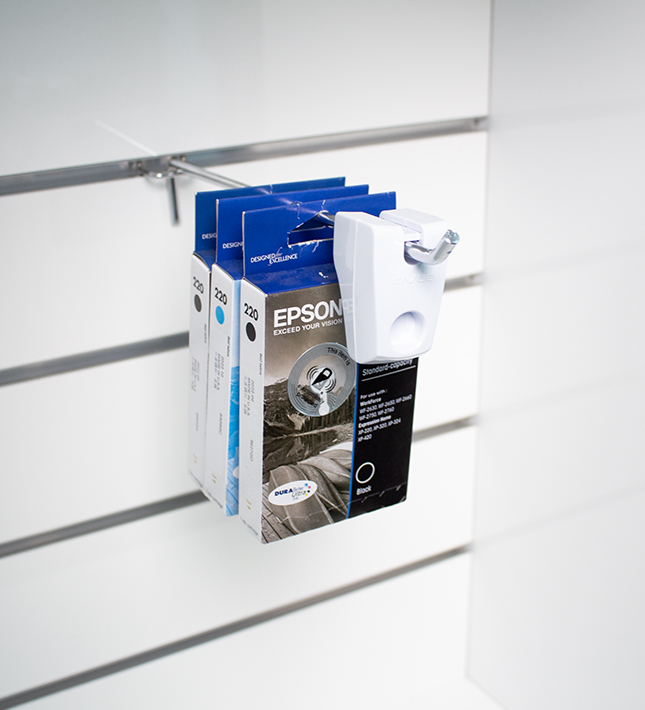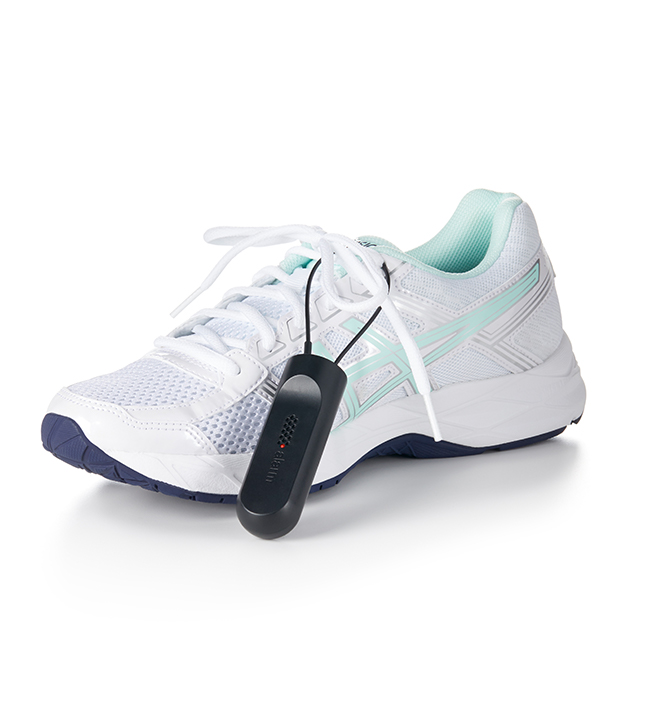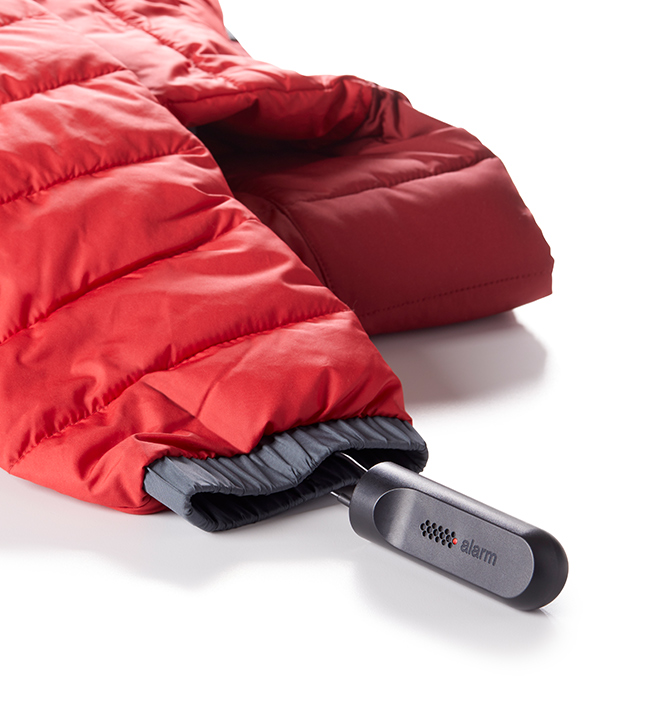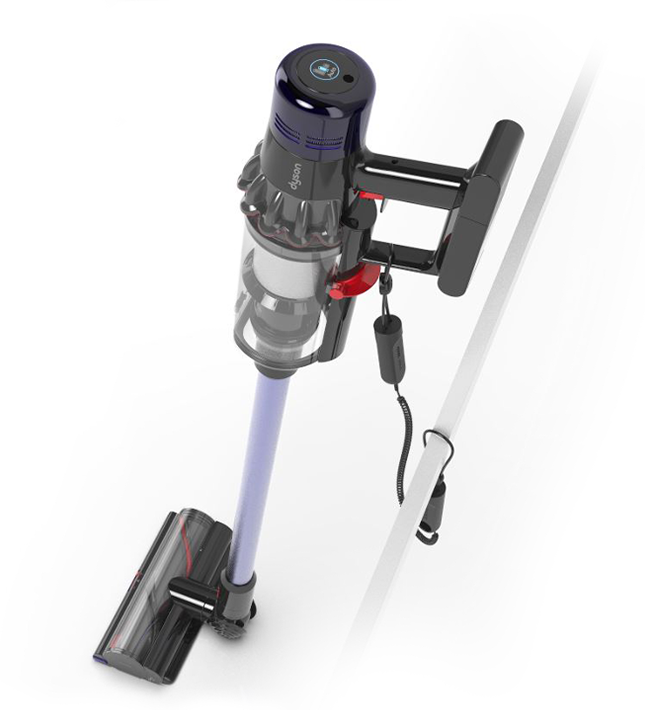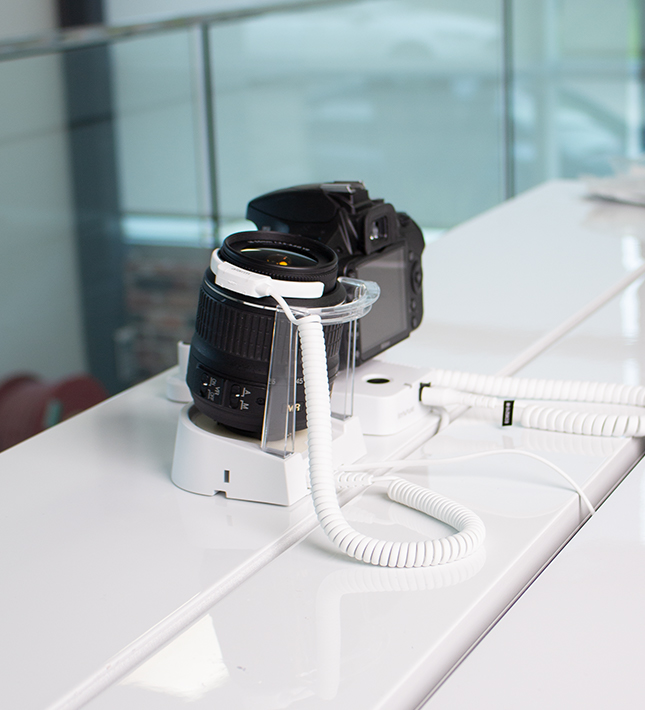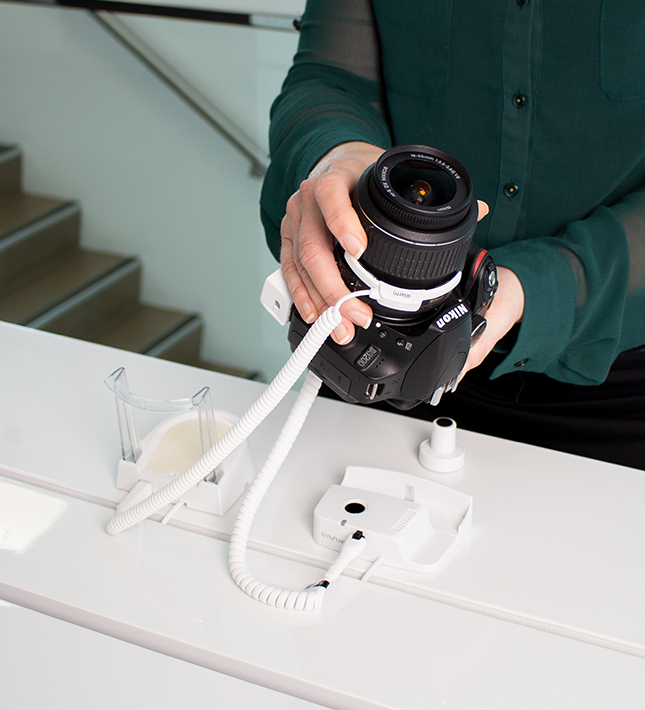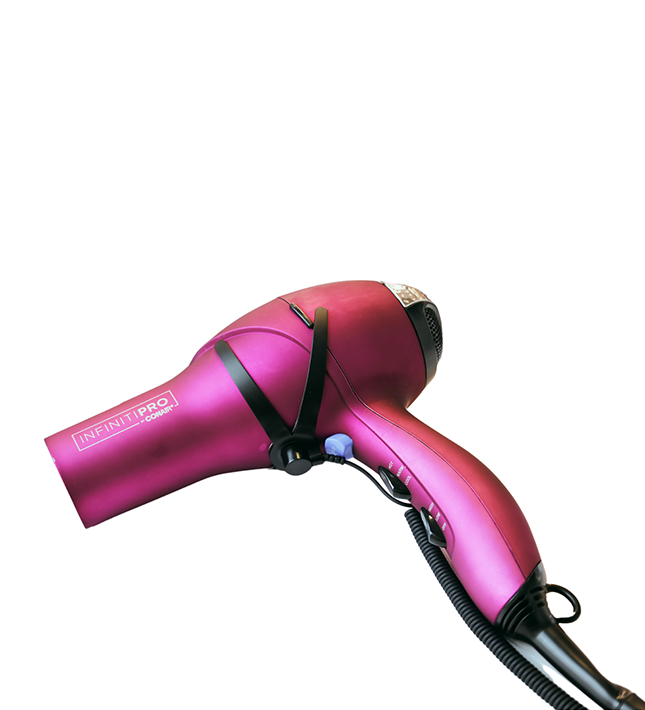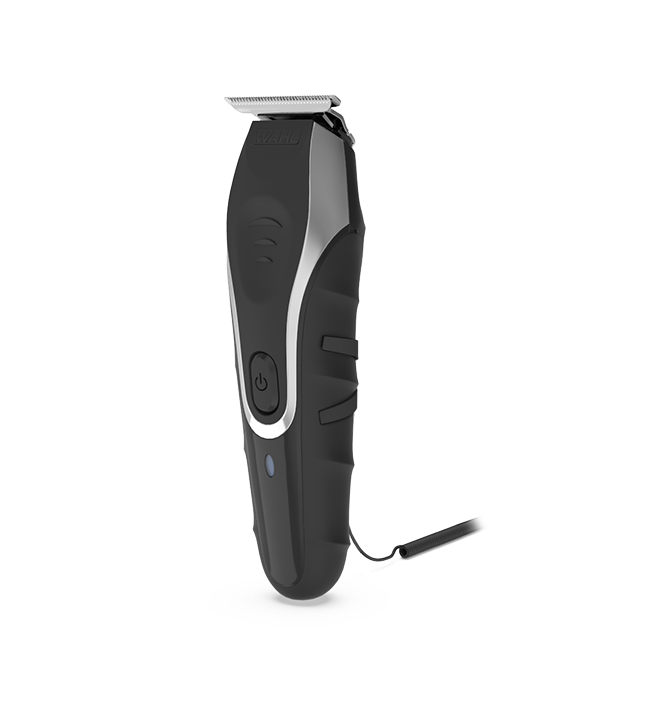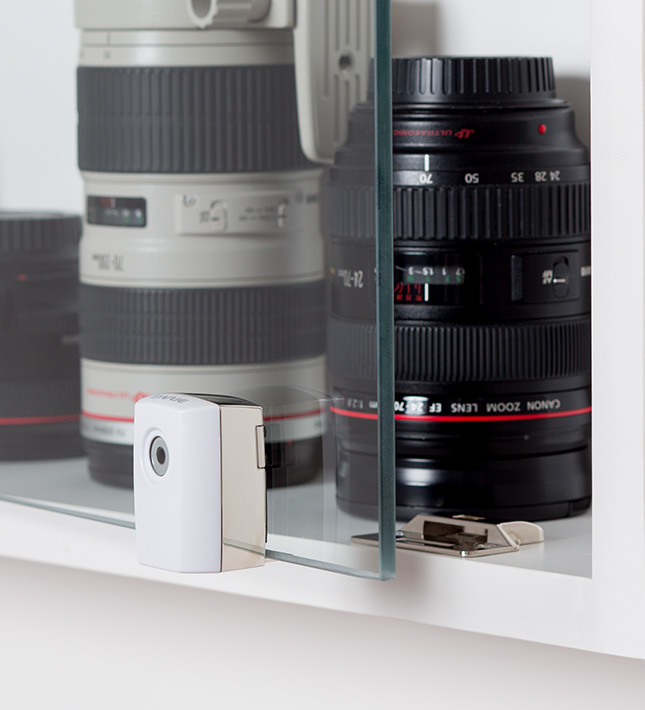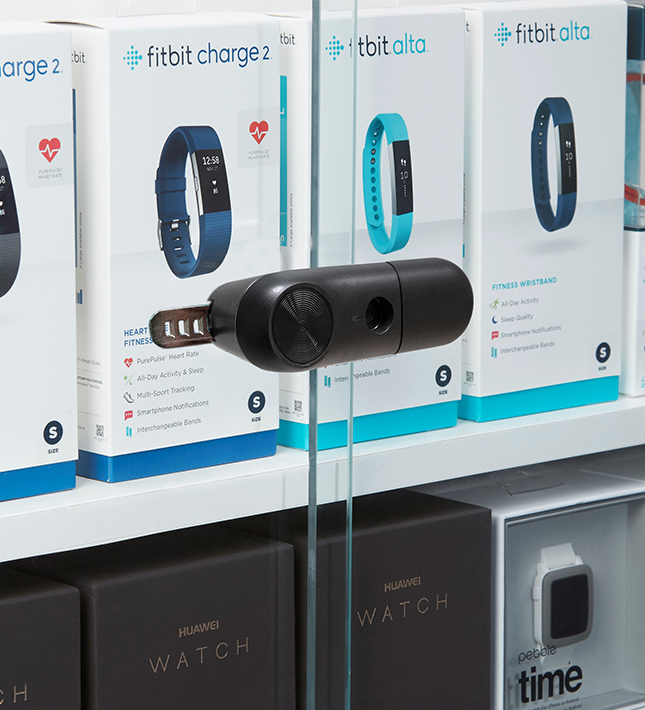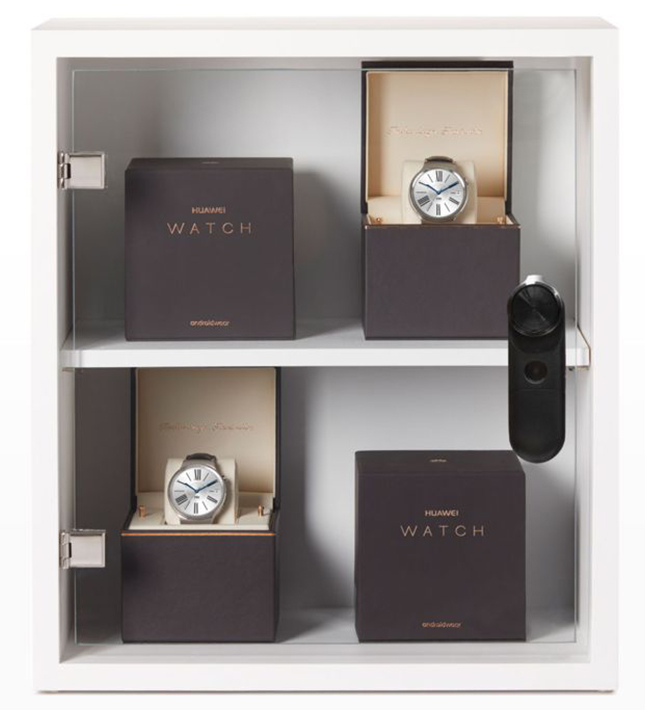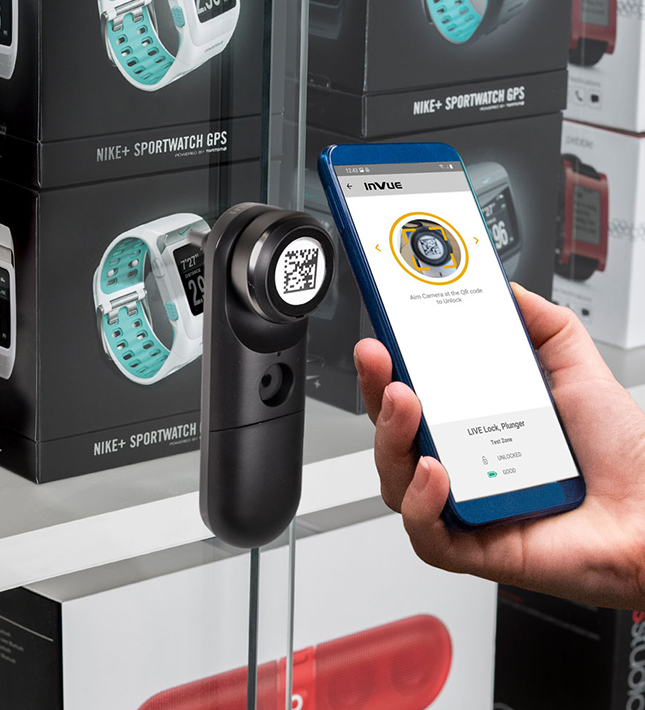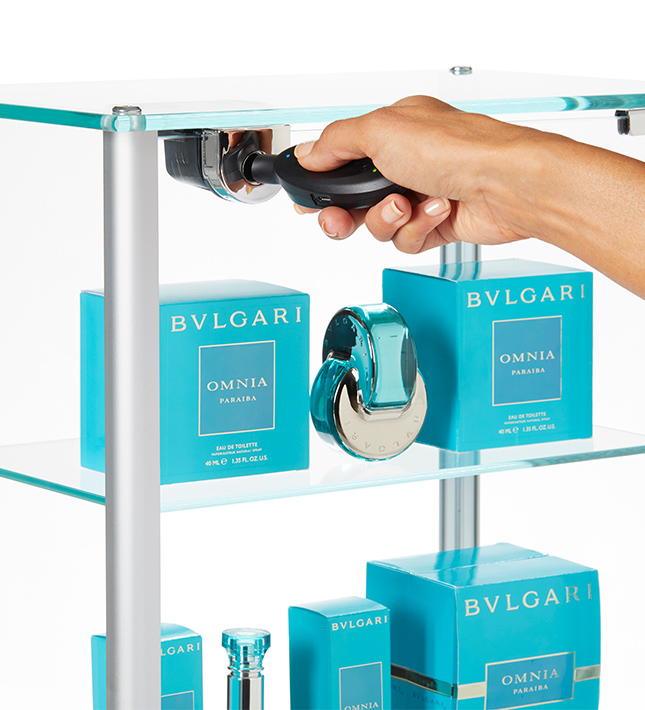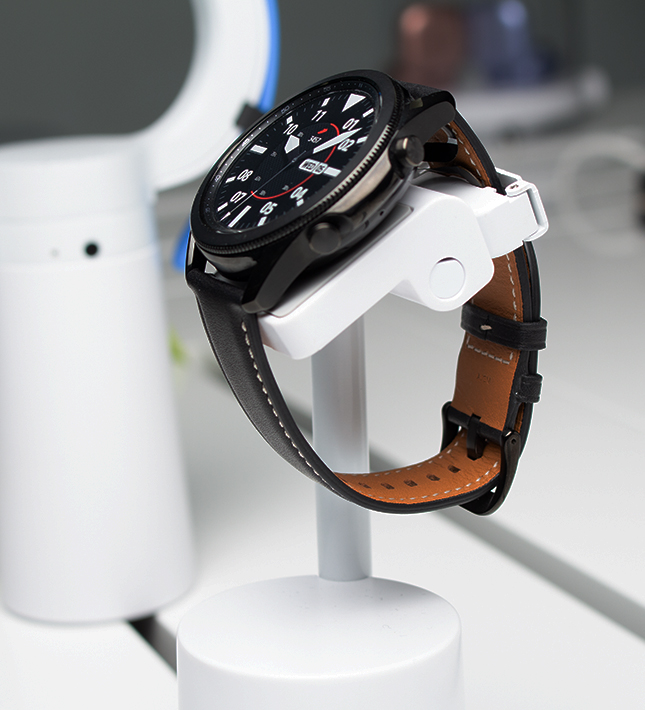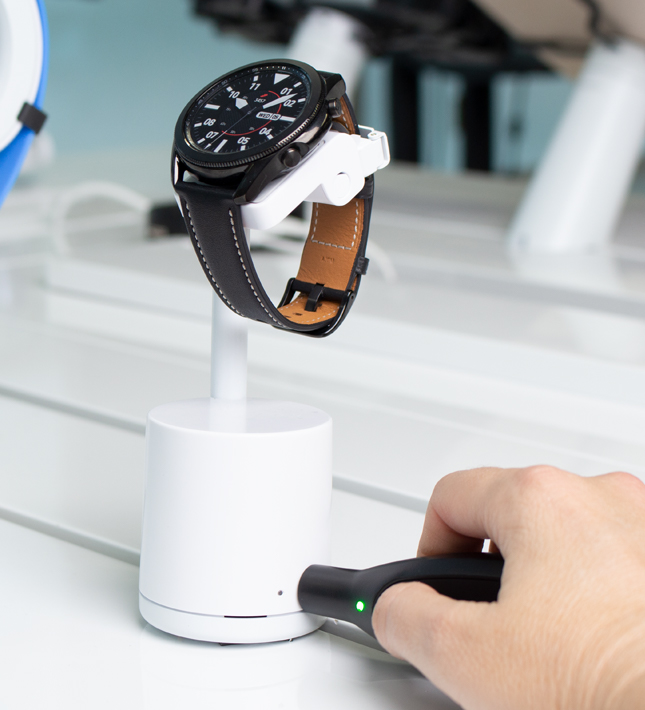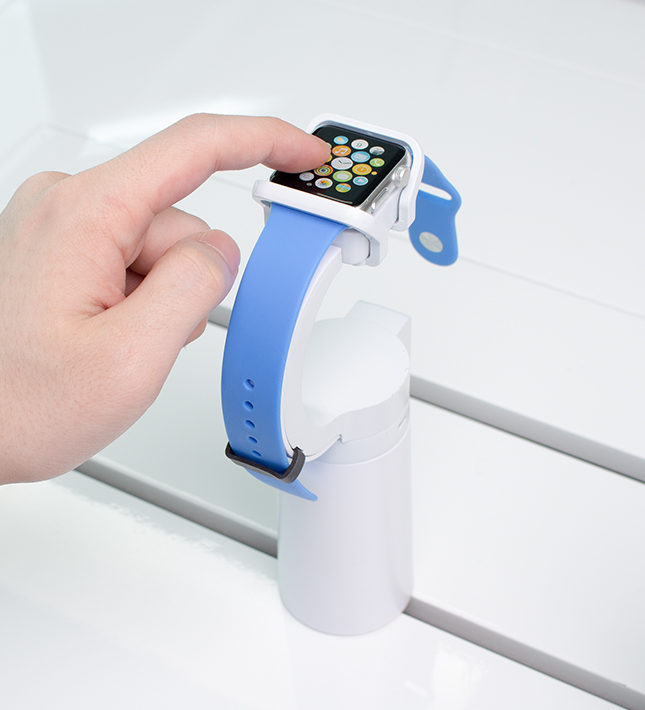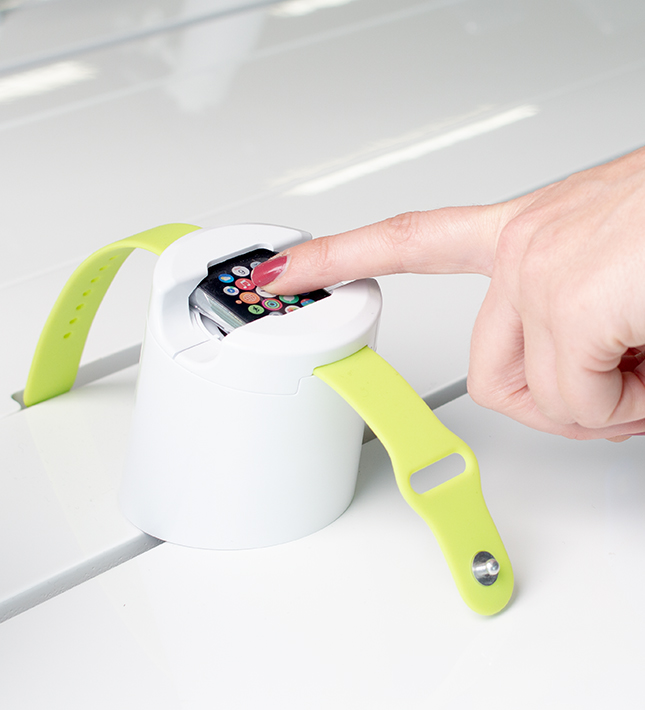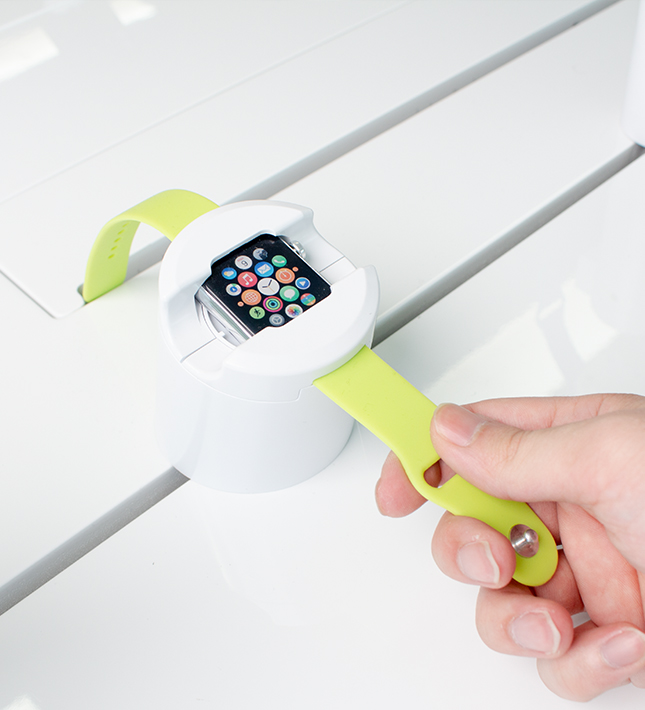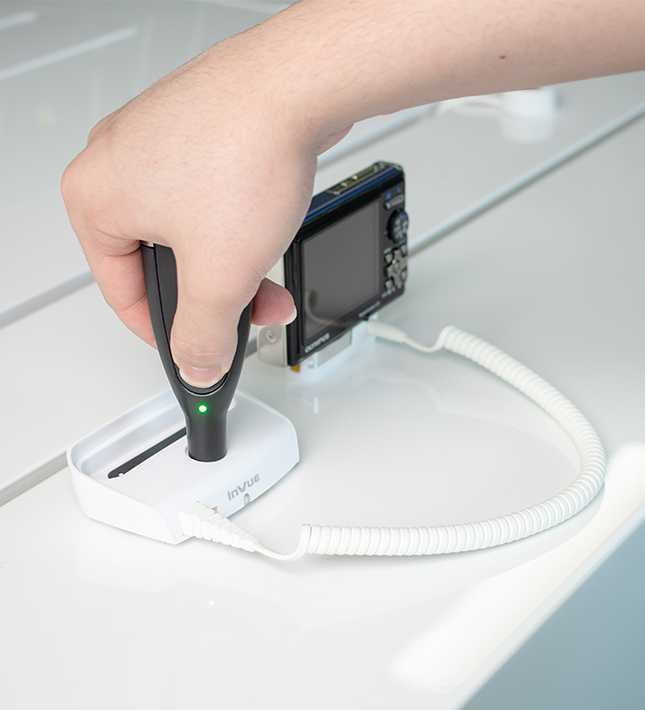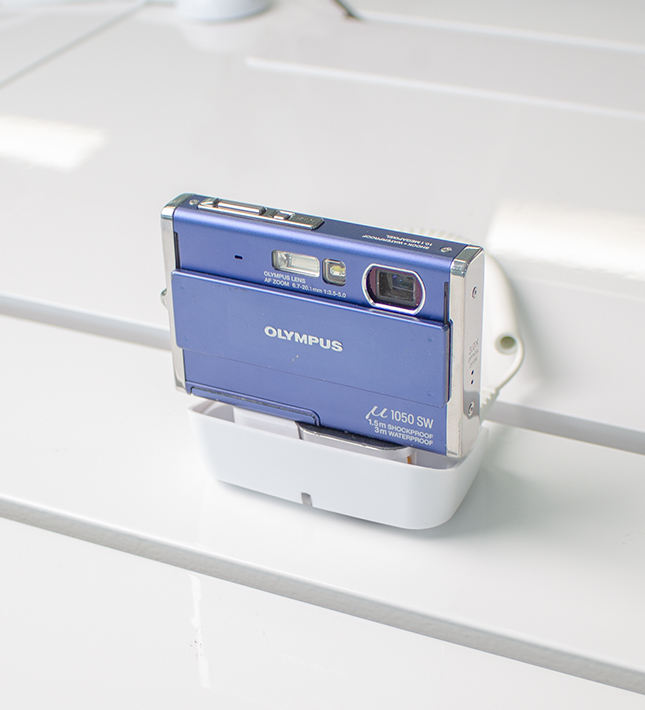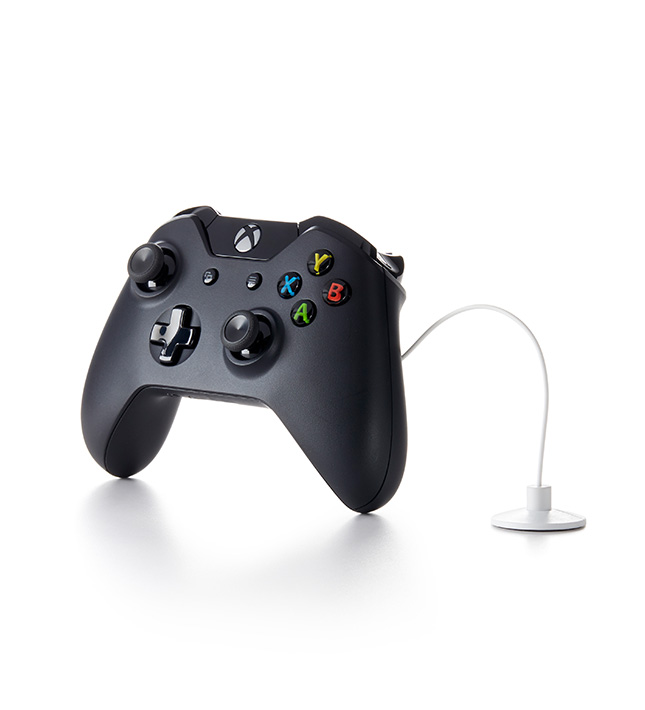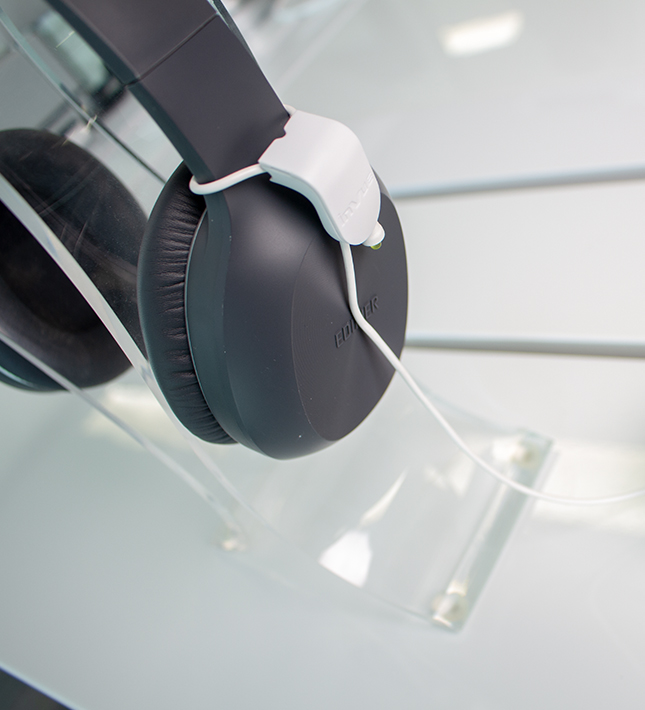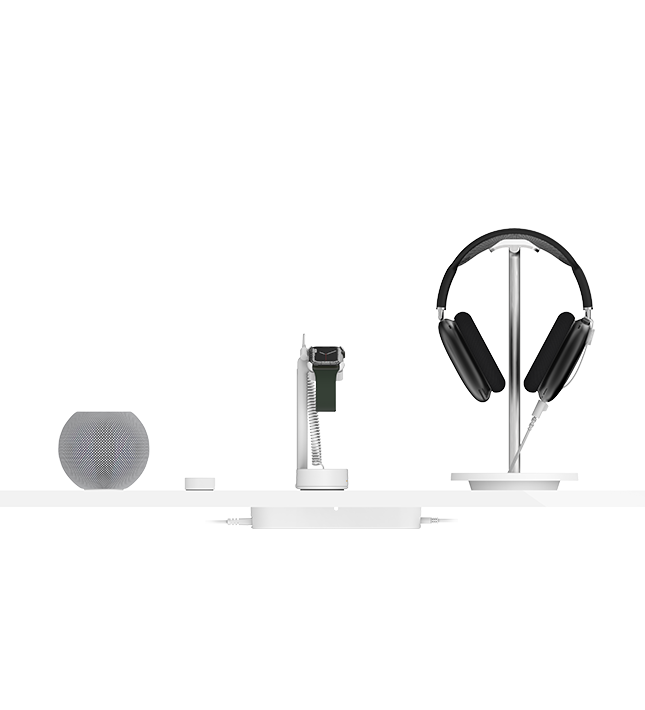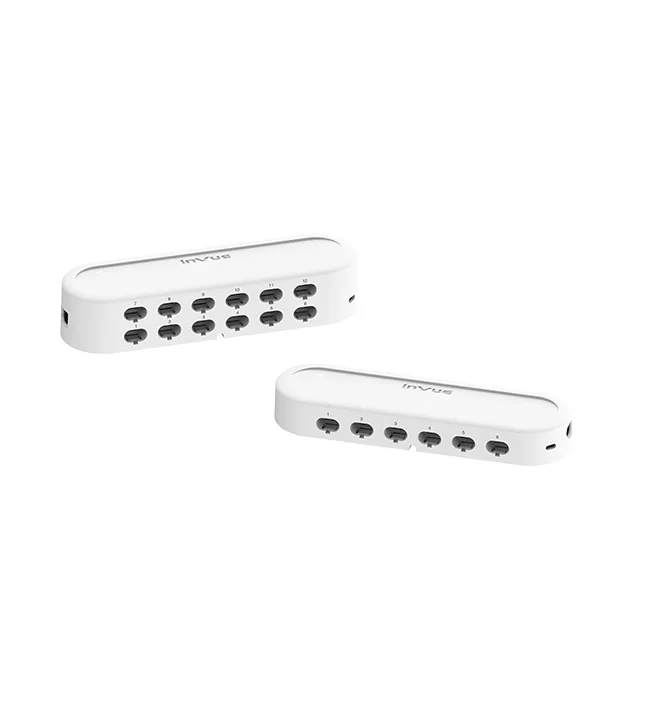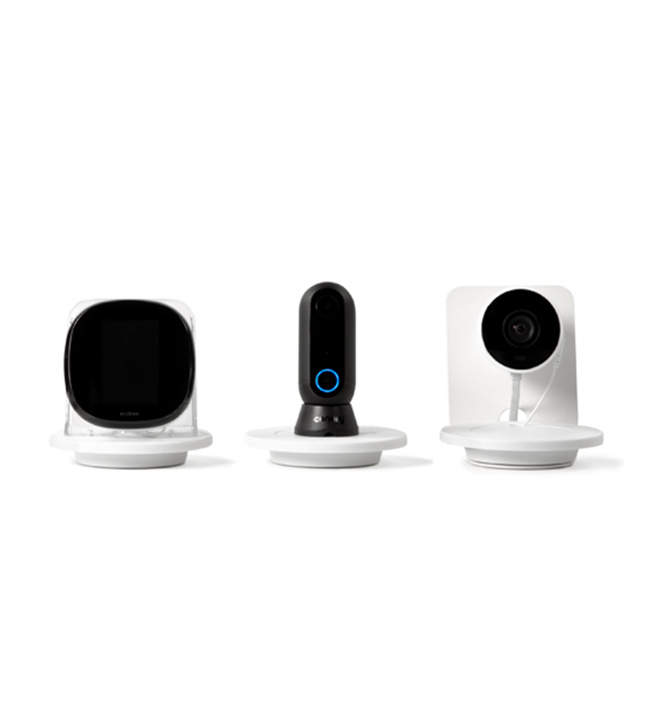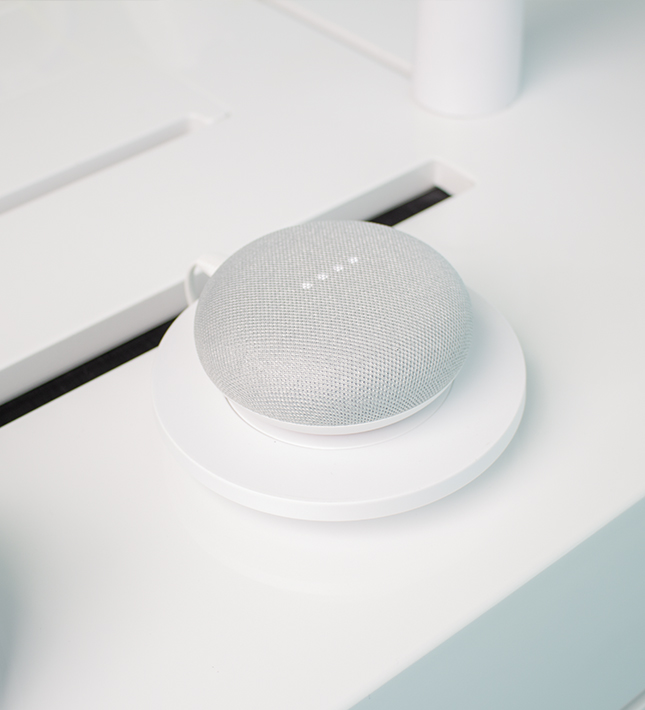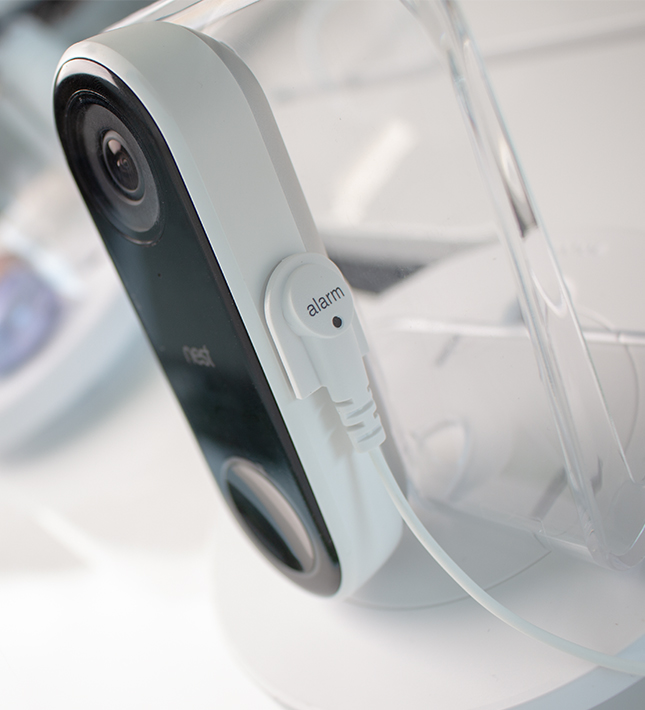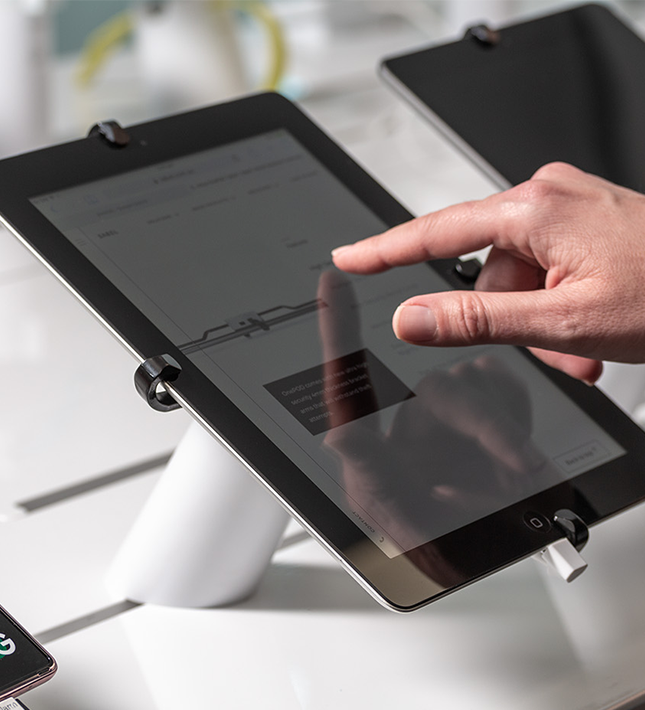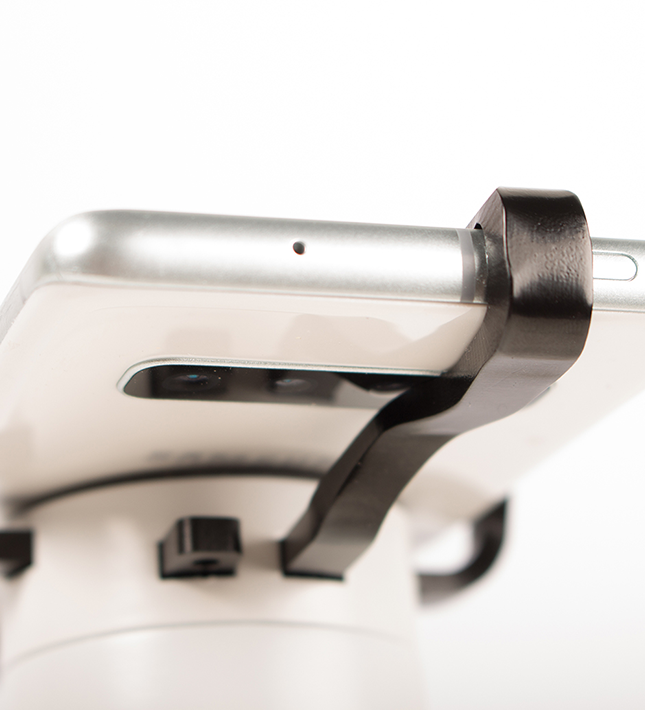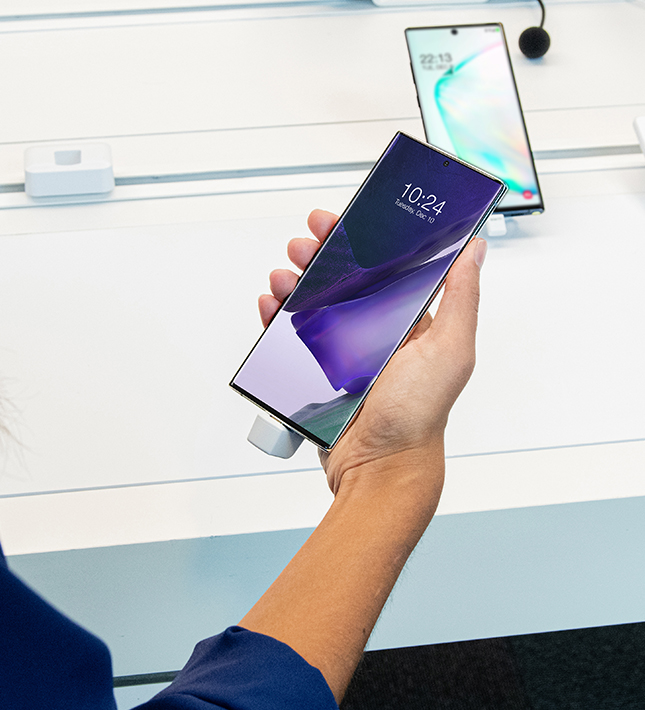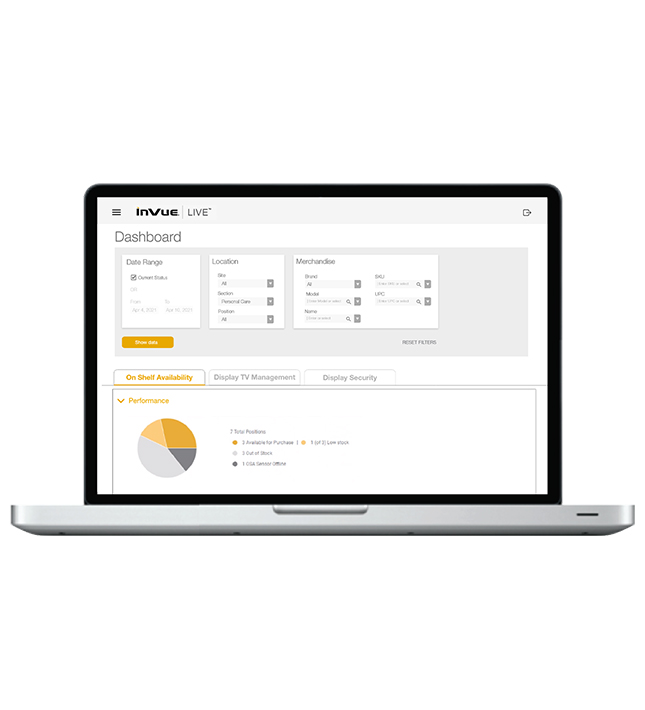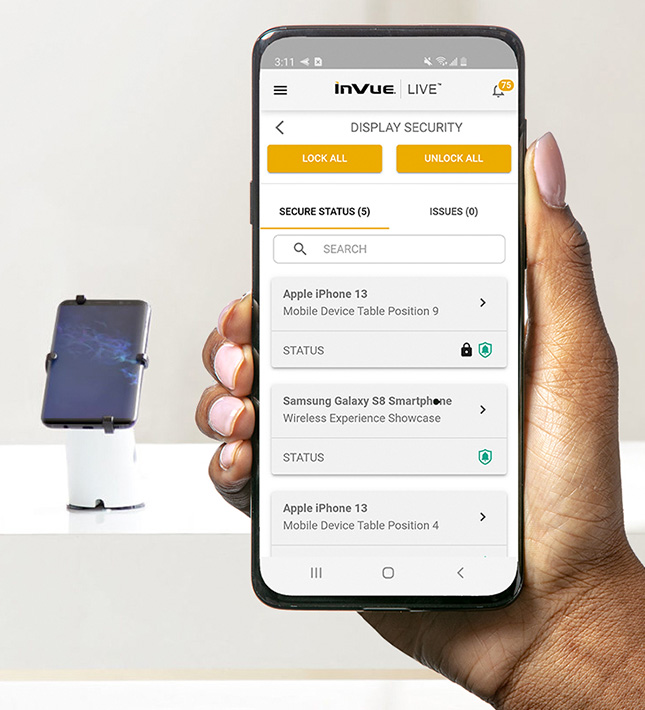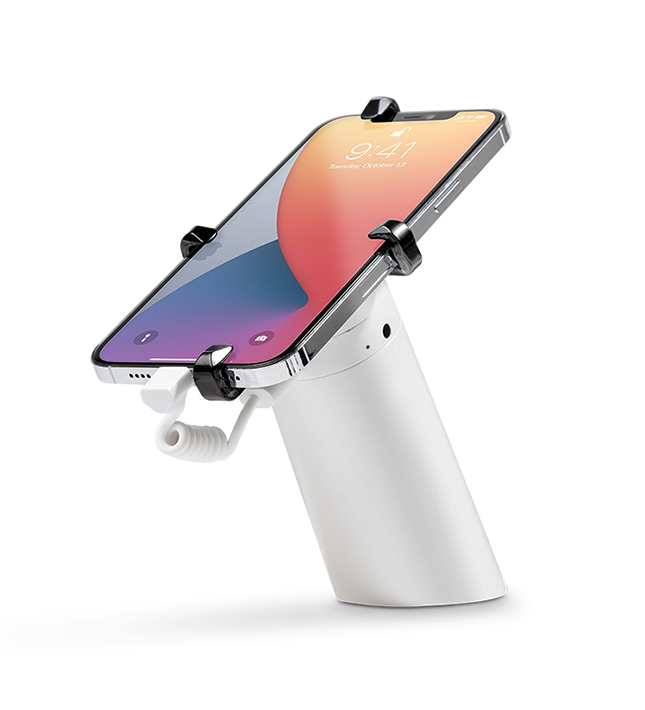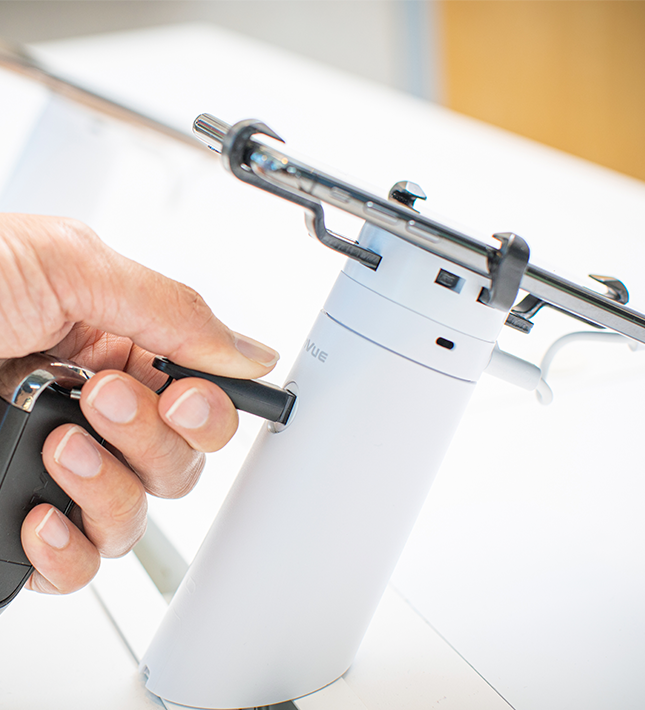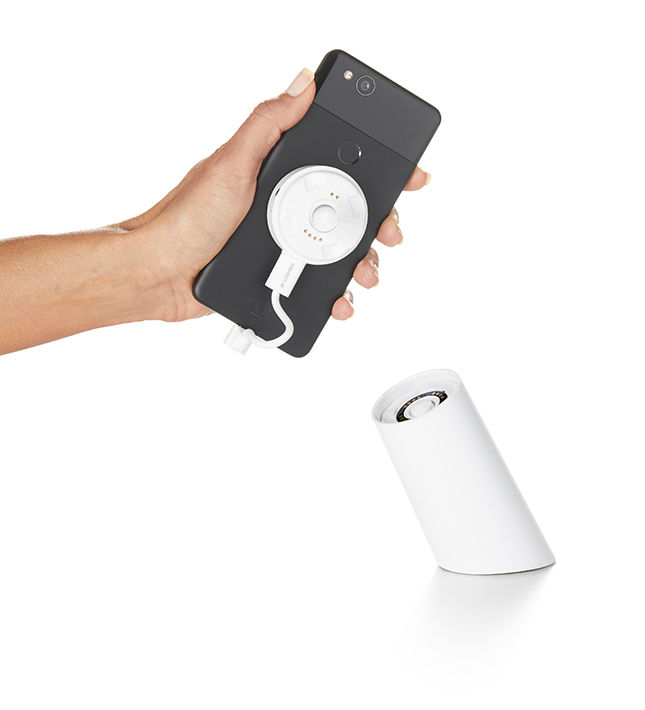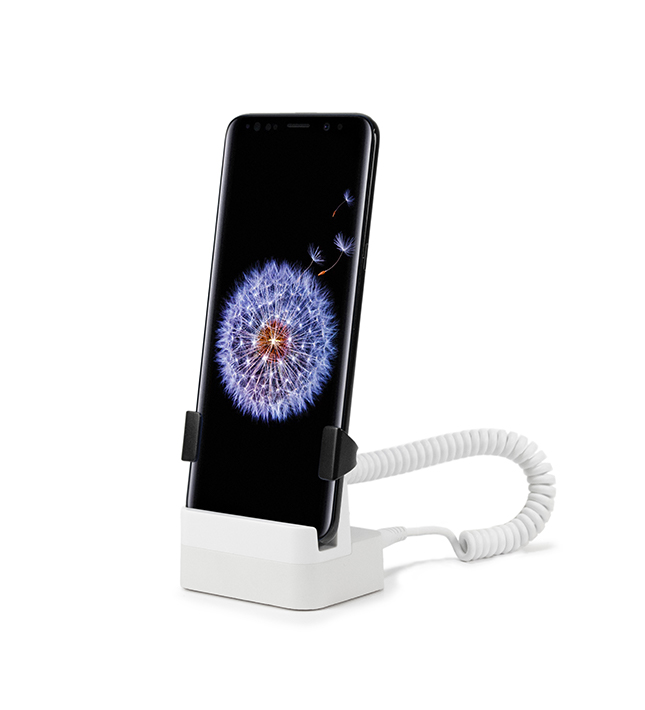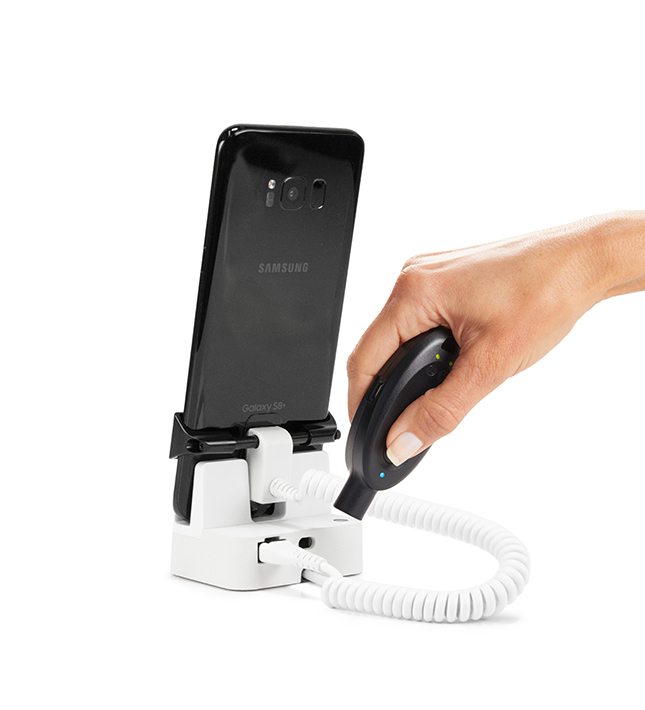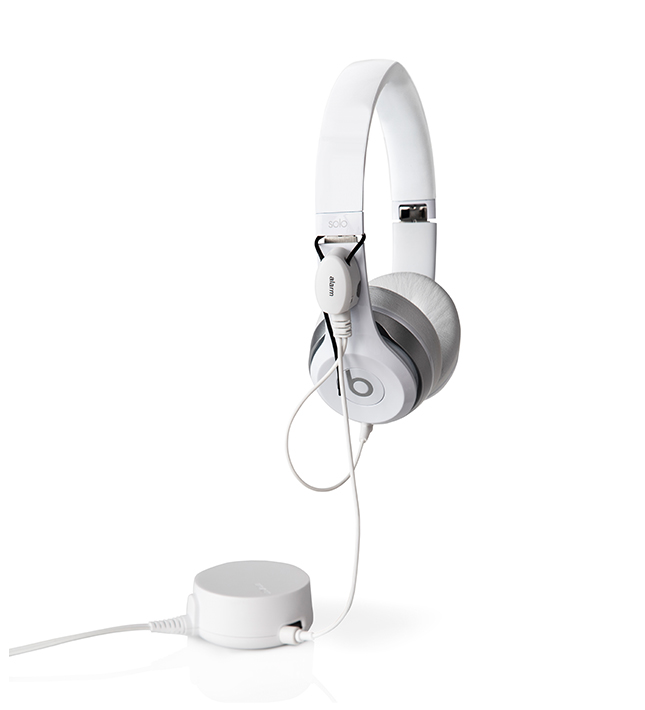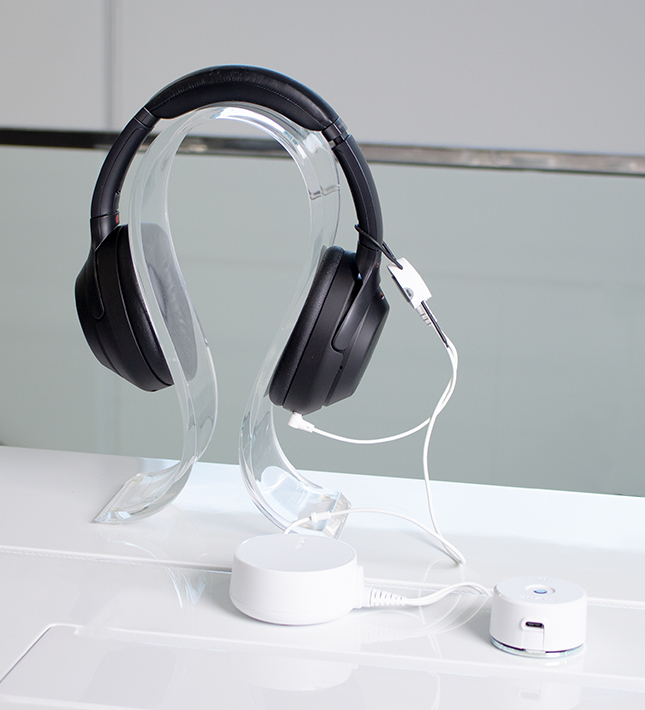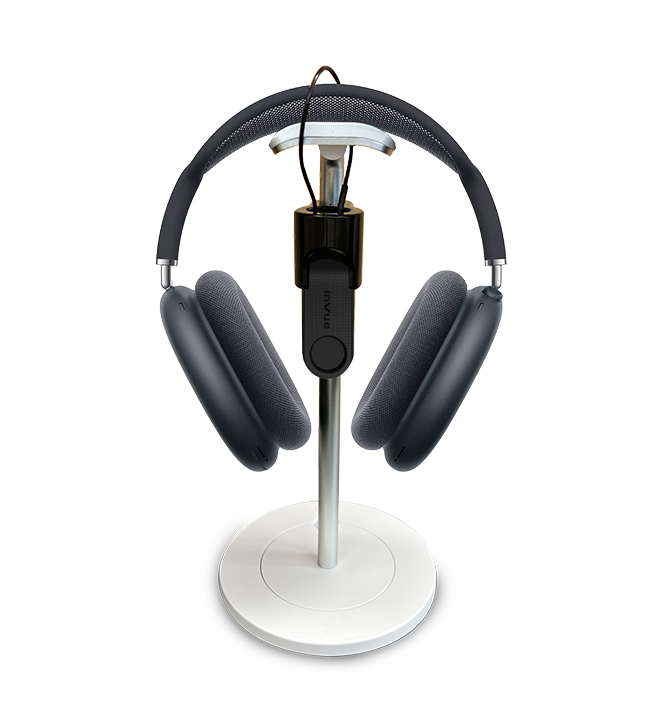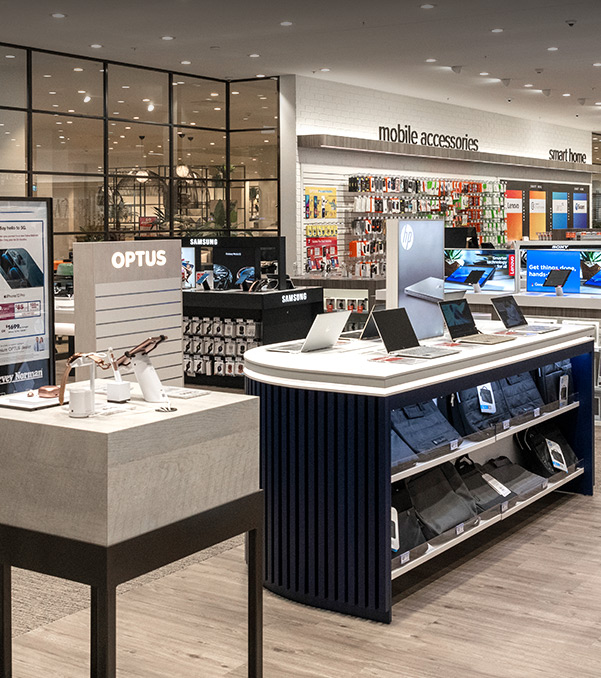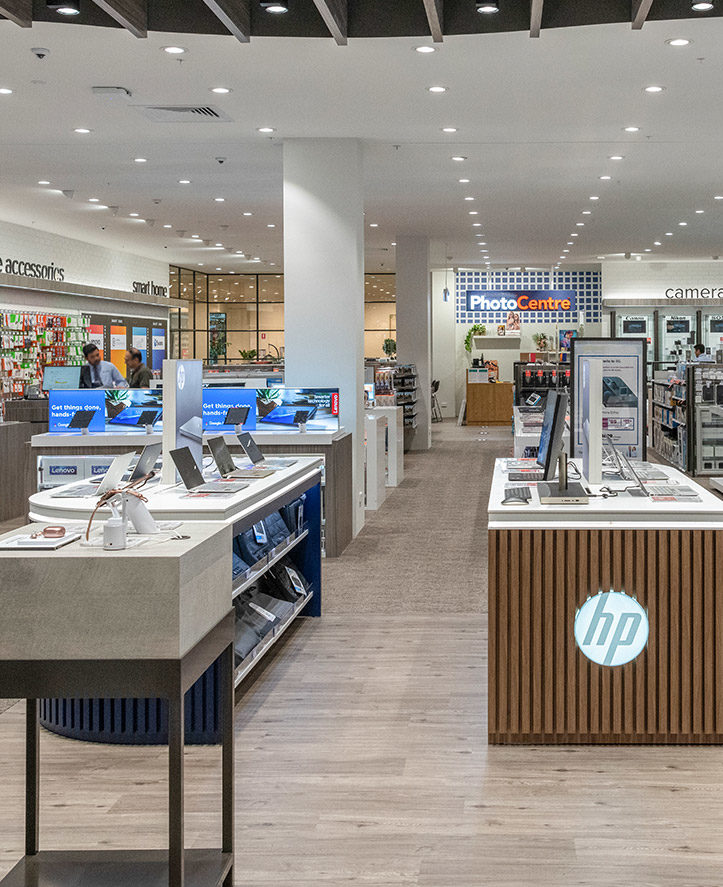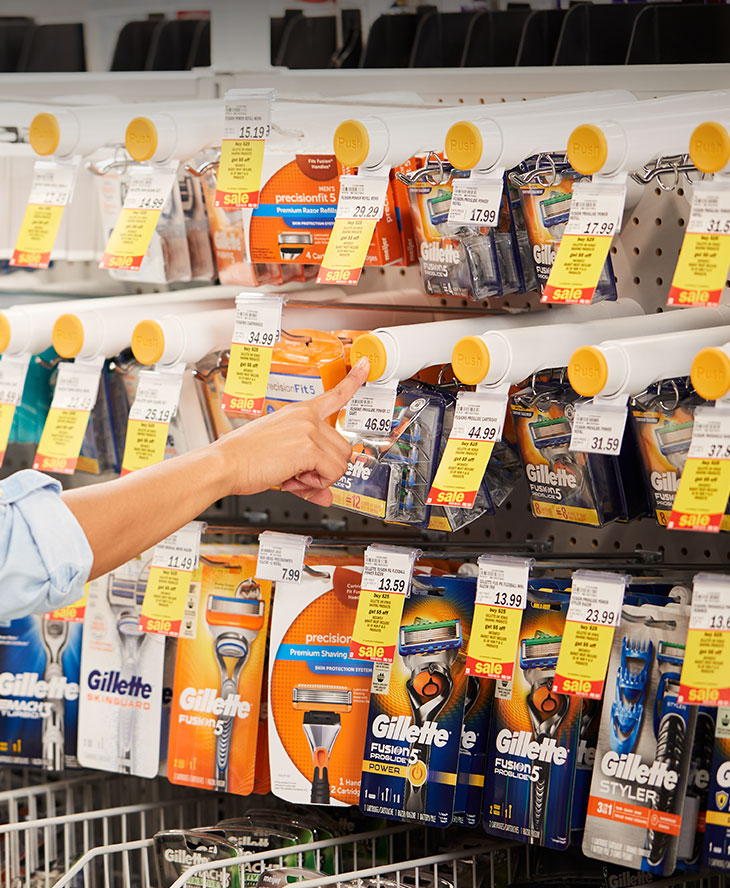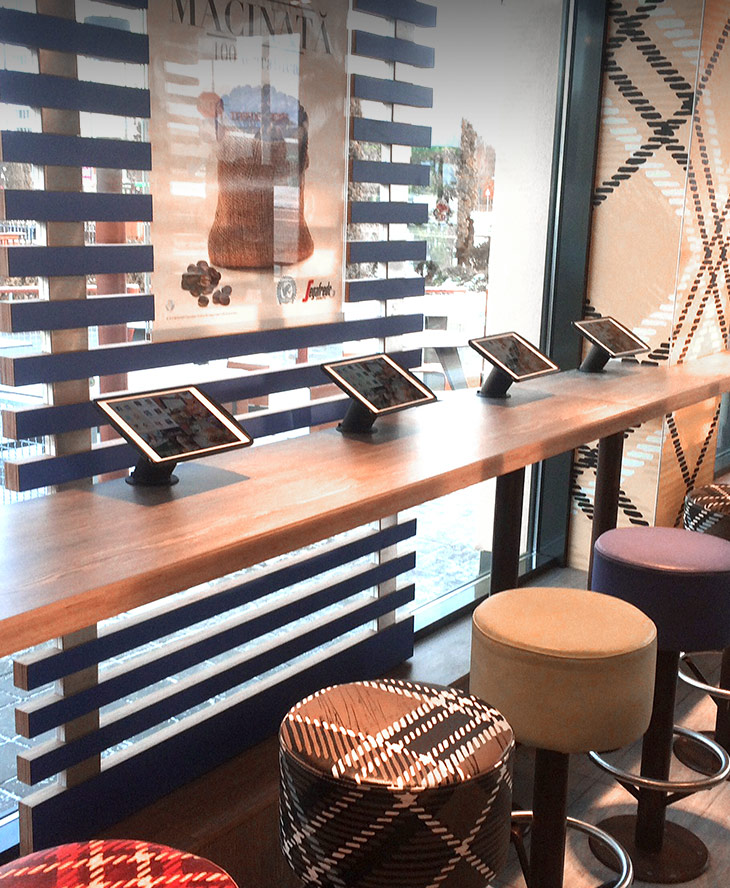Basic ROI formula
The basic formula for ROI measures what you invest in a business versus what you take out as a percentage.
The expenses side factors in traditional retail elements such as inventory costs, staff costs, premises expenses and marketing. This figure is then deducted from gross profit for the store, and divided by the cost price then converted to a percentage.
That’s the simple measure, but of course, retail fluctuates from year to year, as do expenses, while some brands have more of an emphasis on marketing, and others have higher stock costs.
Perhaps more important are the strategies used to improve that ROI in the long and short term.
So, with that in mind, here are six suggestions to improve that all-important ROI.
Use the data
Within any retail operation, there is a wealth of data available that reveals insights and trends occurring in-store.

From the volume of foot traffic entering the store to the products customers interact with and sales reports, this data helps paint a telling picture on where store operations can be improved.
There are also a range of tools available to assist with this, such as InVue LIVE, which allows retailers to have up-to-the-minute insight into the analytics of a retail operation including merchandising, access control, security, and operations.
Manage your inventory
Inventory is one of the biggest costs for any retailer, and it should be managed carefully. Too much stock and the retailer will be forced to discount. Too little stock and they will grapple with out-of-stock events that can seriously damage a brand.
Meanwhile, this inventory also needs to be protected against theft and loss.
Tools to assist include RFID, which tracks inventory in real-time while also protecting against theft, along with on-shelf availability sensors and analytics.
Cut the queue
One of the easiest ways to increase sales and raise your ROI is to ensure customers can purchase your products without friction.

In physical retail, one of the biggest sources of friction is time spent in the queue. To help reduce time spent in the queue, retailers need to ensure there are sufficient checkout staff available along with tools like mobile Point of Sale, which allows staff to take the checkout to the consumer and process sales anywhere on the retail floor.
Harness loyalty
As the old saying goes, it costs more to create than keep a customer, which is where the customer experience and loyalty come into play.
Loyalty schemes reward customers for their patronage, but the customer experience keeps them coming back due to the great service, expertise and products a retailer offers.
And again, customer experience comes down to the little things, like ensuring a product is in stock, minimising time spent in the queue, having expert staff on hand, and basically making sure every touchpoint in the customer journey is as frictionless as possible.
Build a community
When a customer feels they are part of a community, they are more likely to be loyal to a brand. In retail, this community building starts in laces like social media, then extends to special offers, rewards and personalisation.
It becomes about an experience where these community members feel valued, special and understood.
Empower your staff
Staff are the face of a retail operation. Their expertise is also one of the prime reasons consumers seek out a physical store rather than one online.
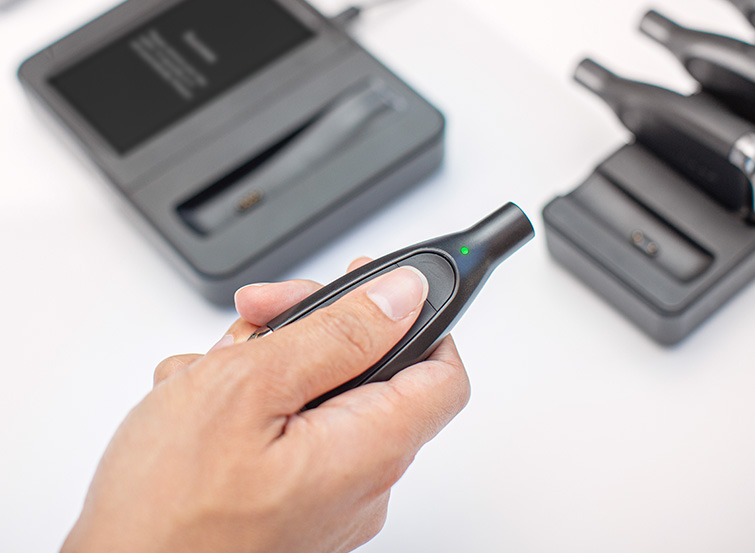
To capitalise on this, retailers should empower their staff with tools and technology that allows them to effortlessly undertake their job.
These tools extend from mPOS which grants them access to information in the palm of their hand, through to smart keys, which allow them to efficiently serve the clientele. It also extends to the analytics that allow them to understand what works and what doesn’t in terms of service, product promotions and more.
For the latest information on best practices in retail, see our knowledge hub here, or browse our range of products which all cater to improved ROI here.







